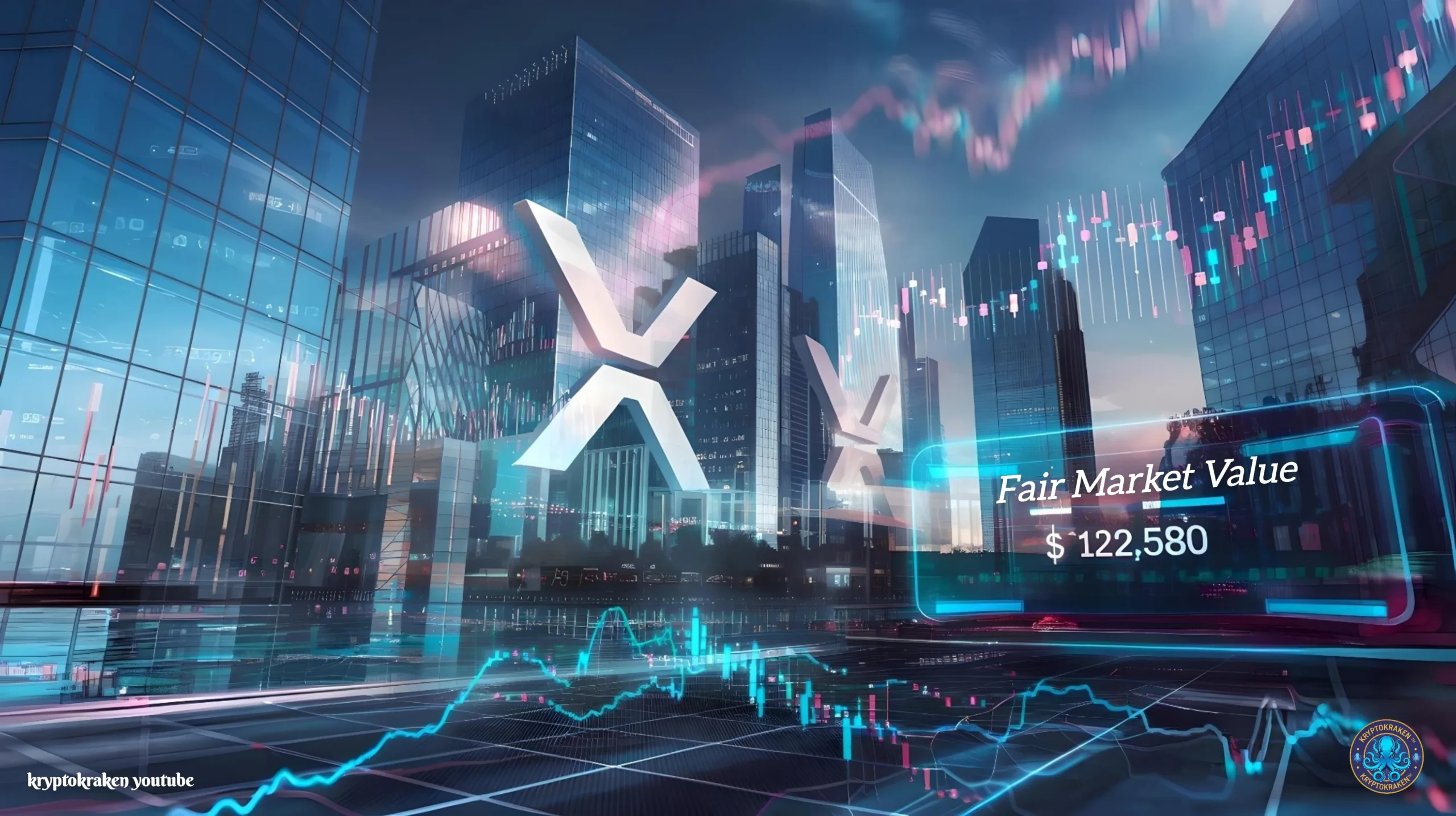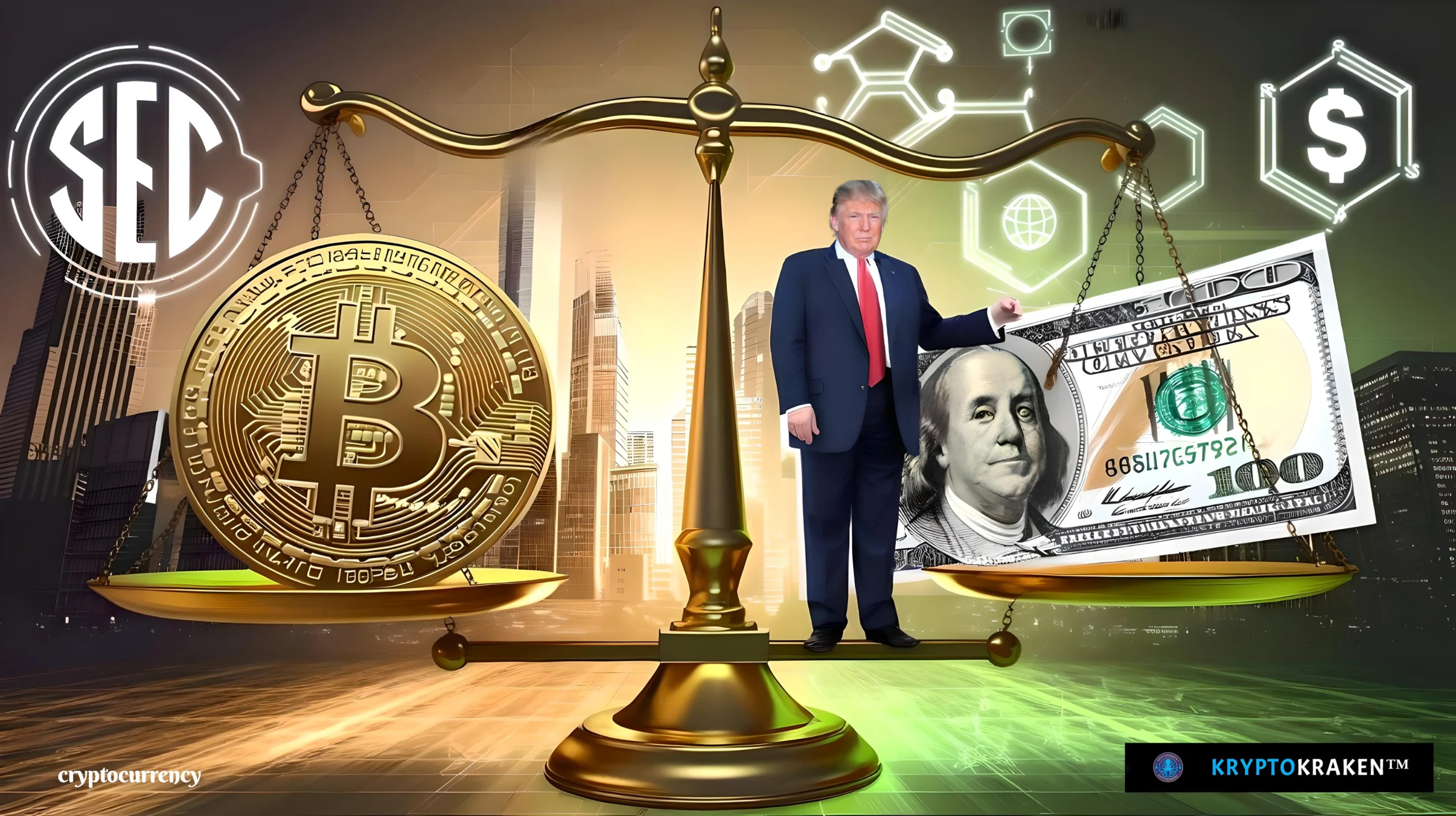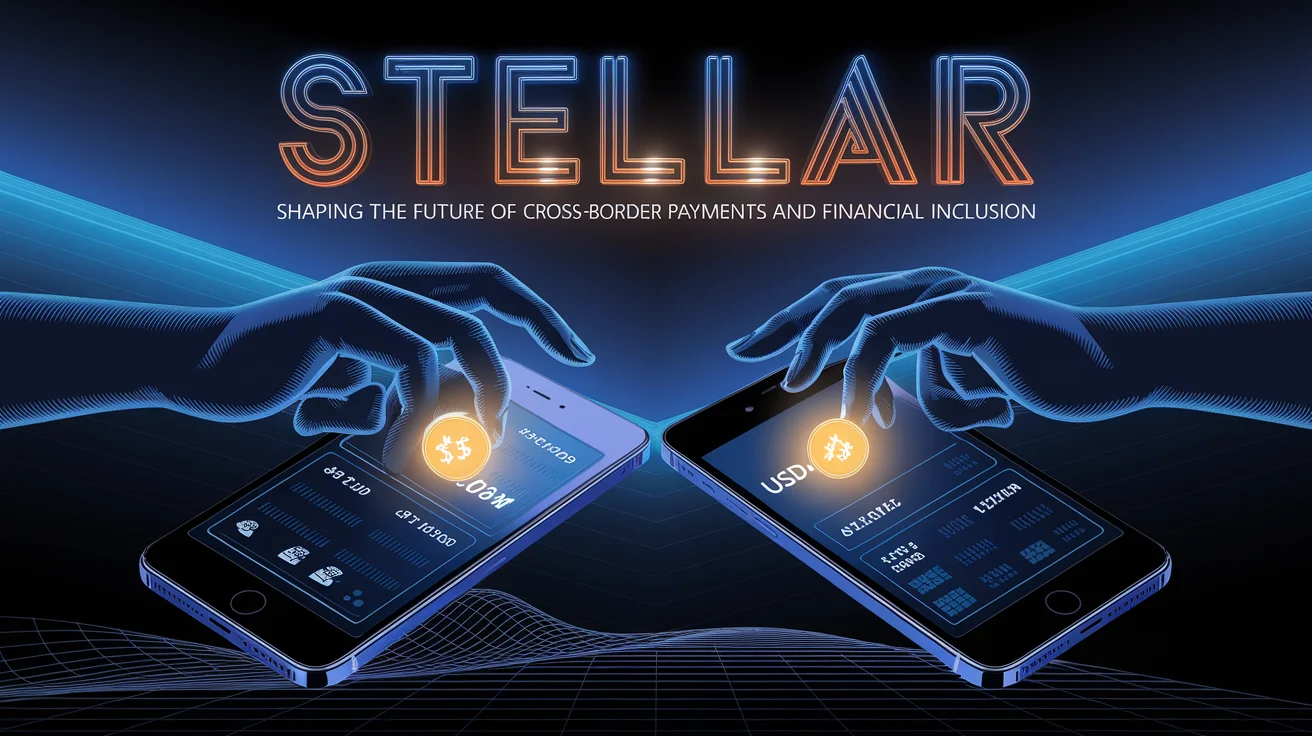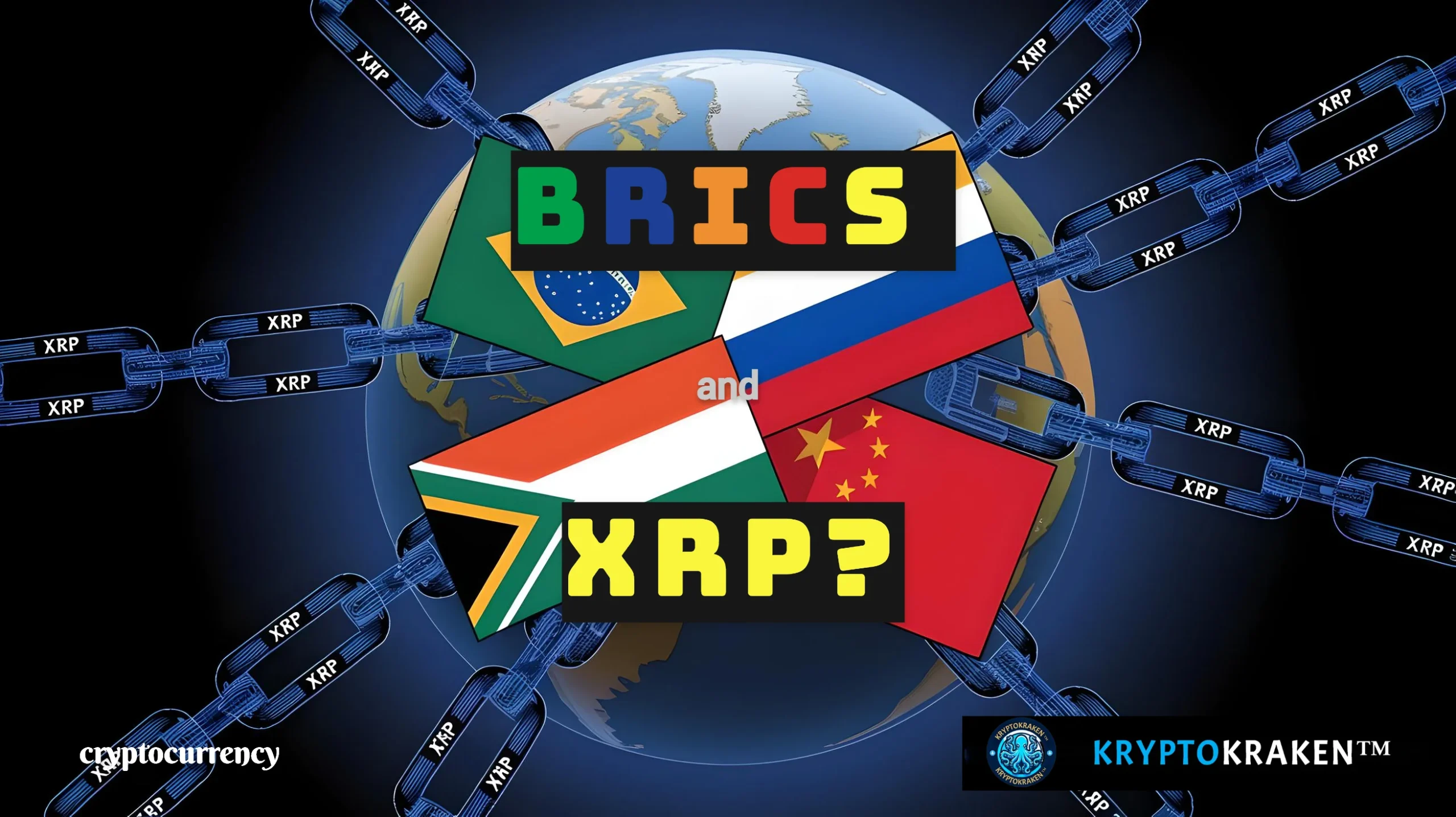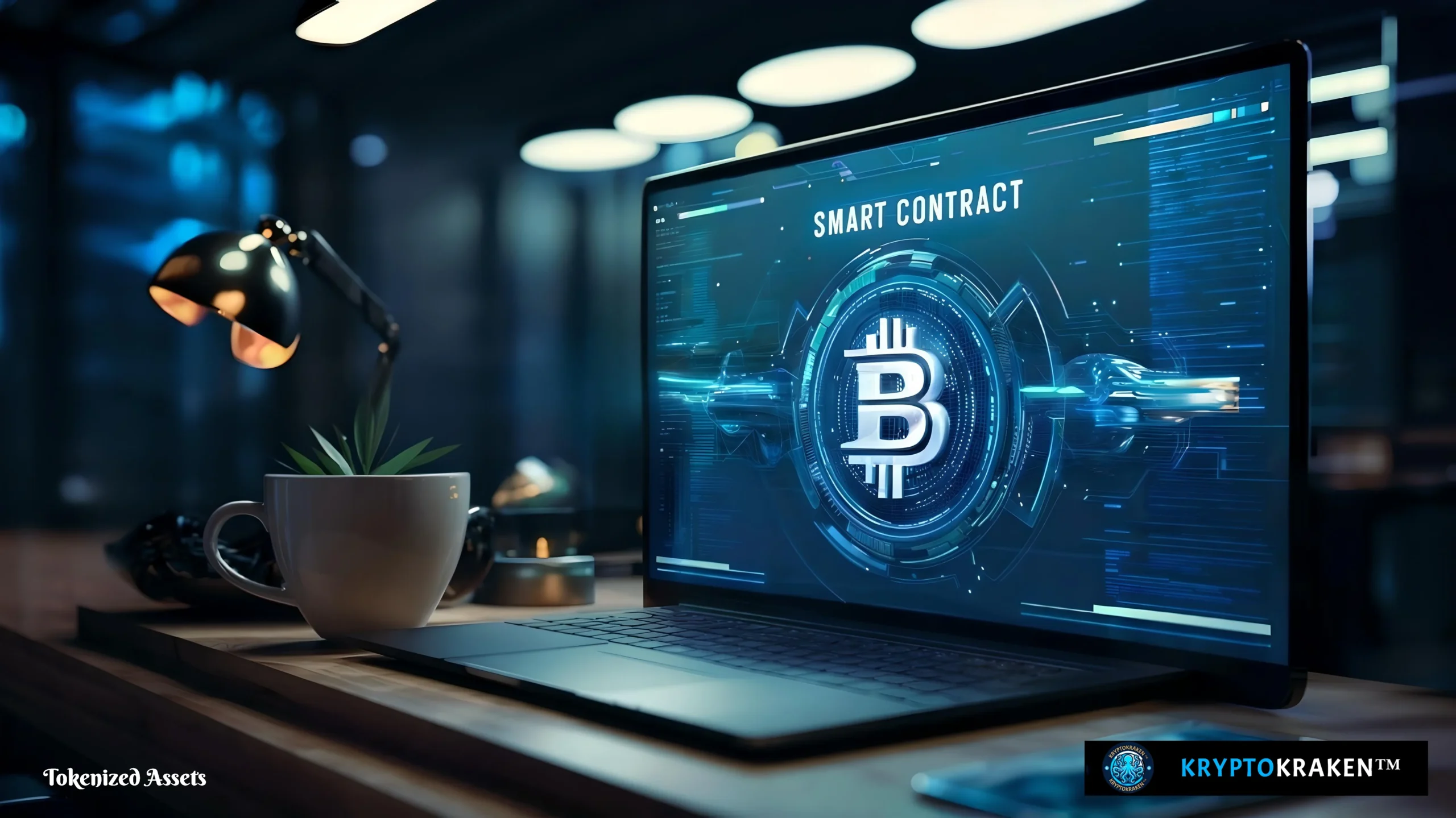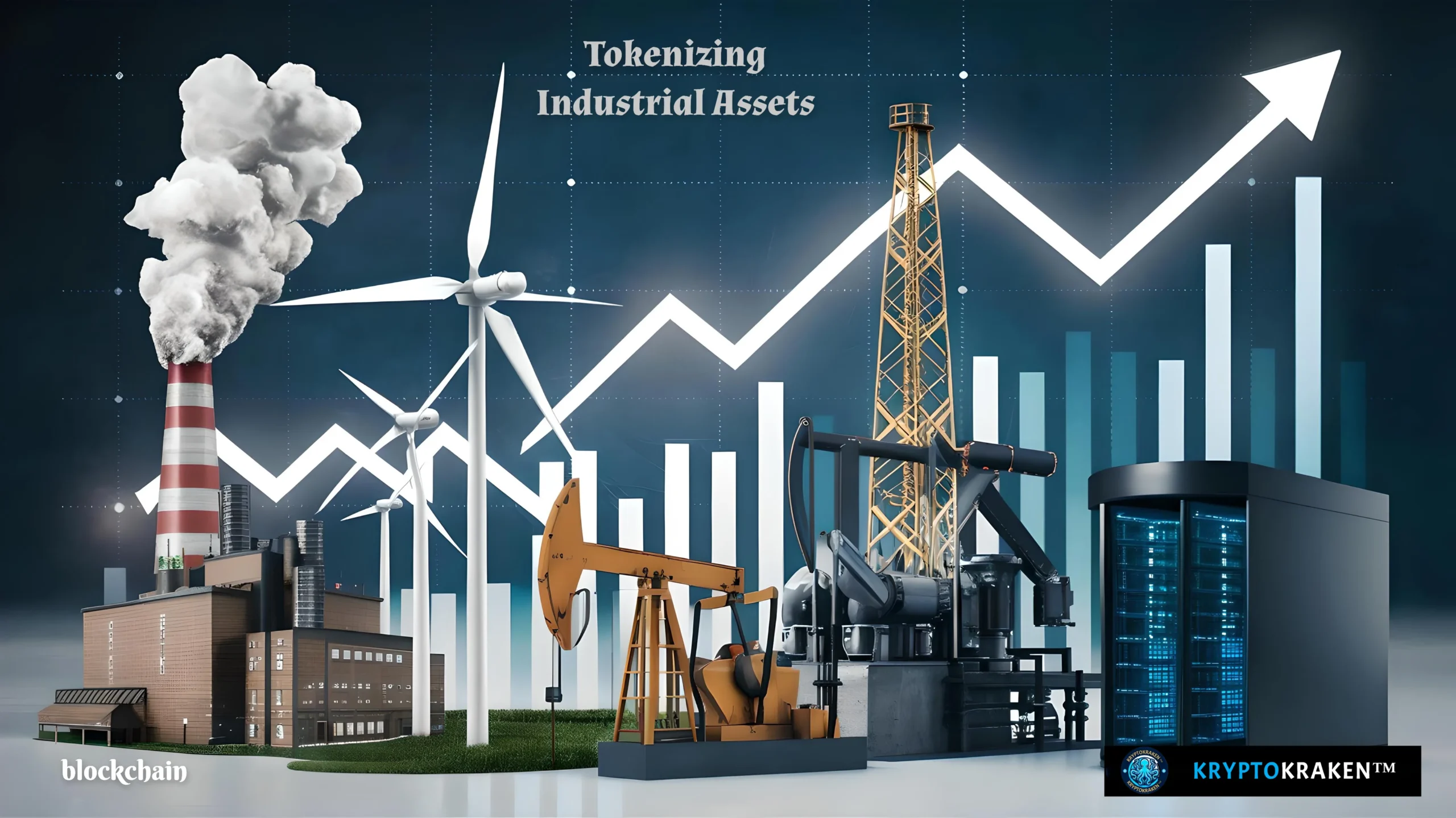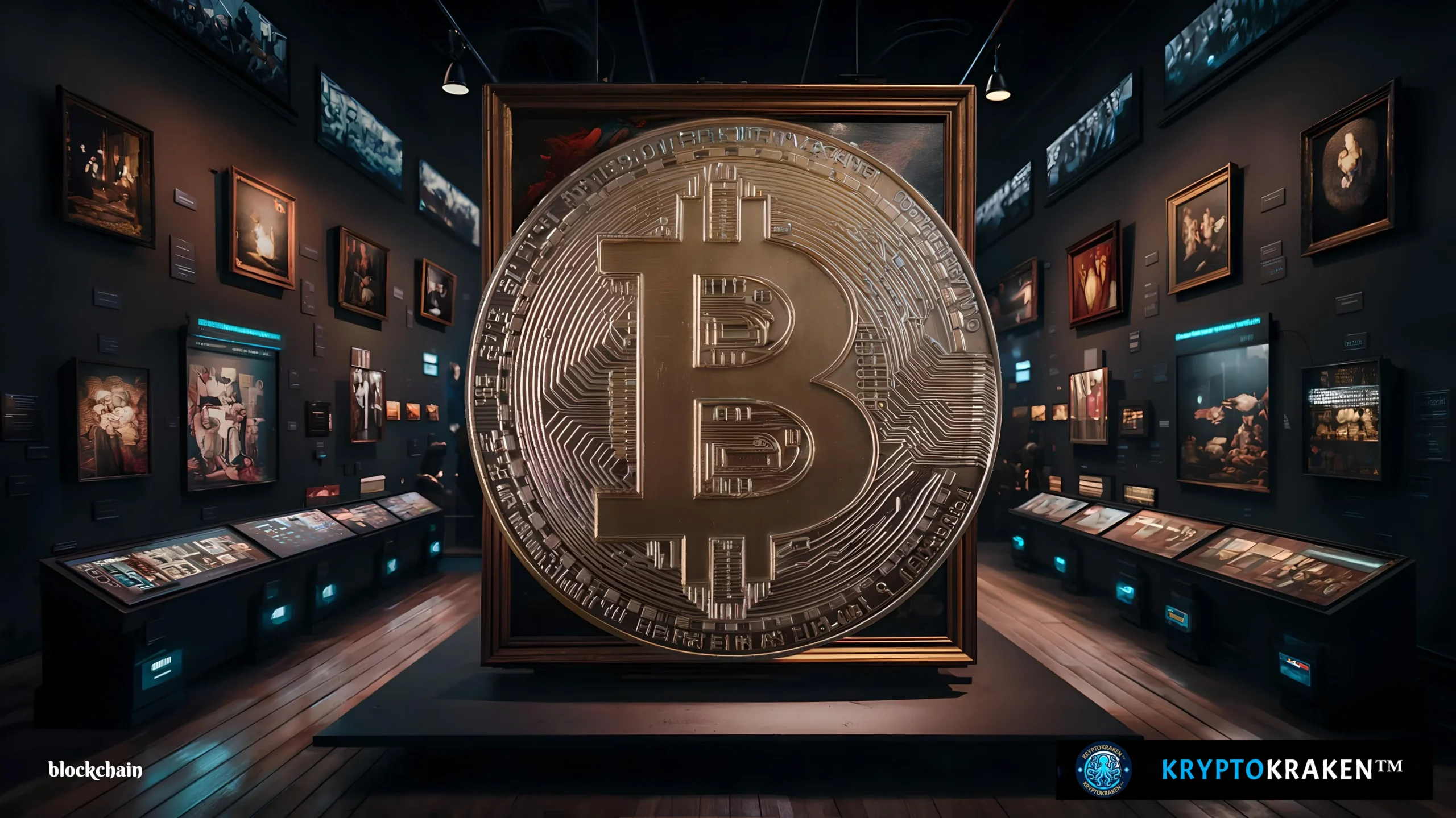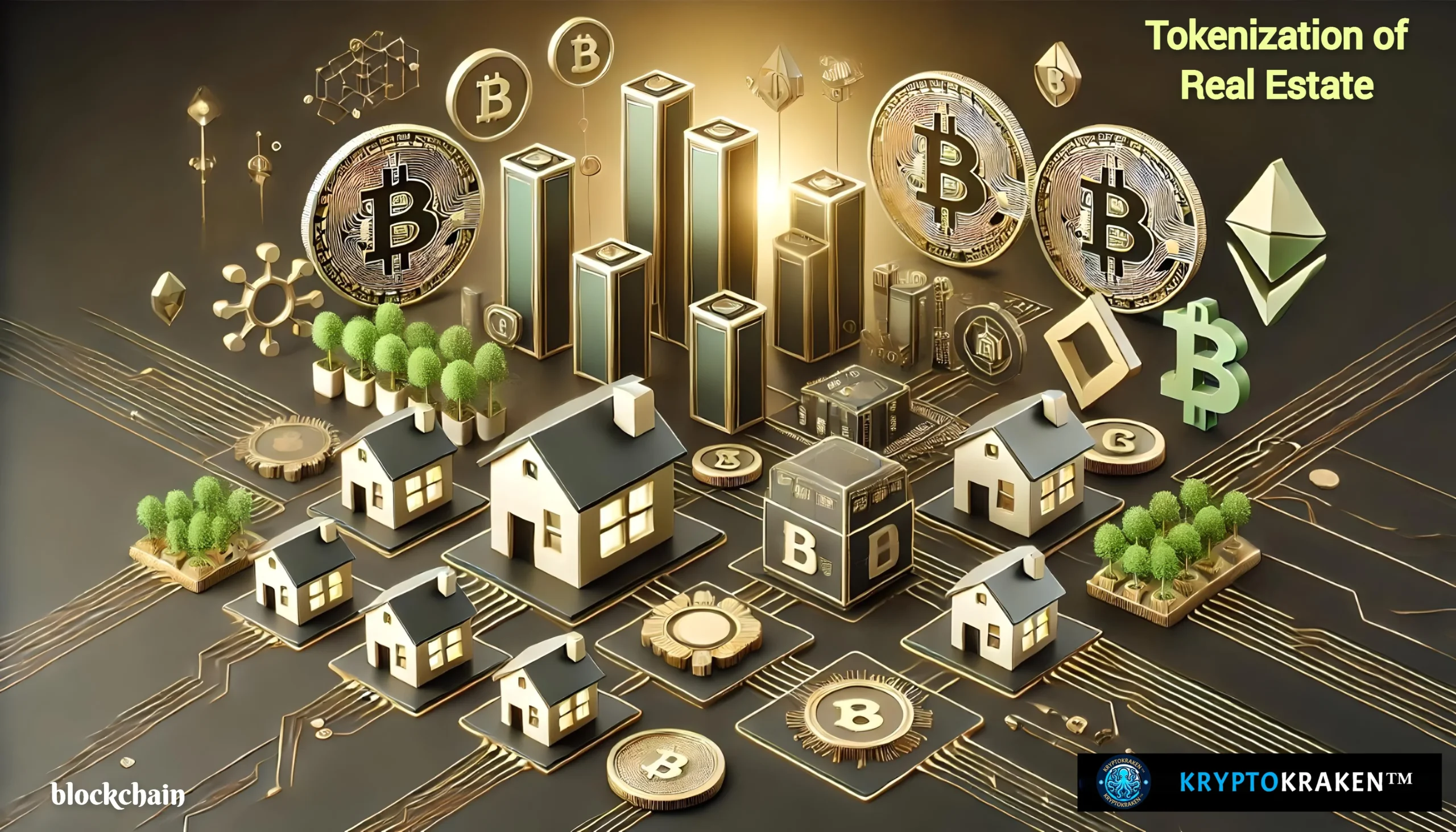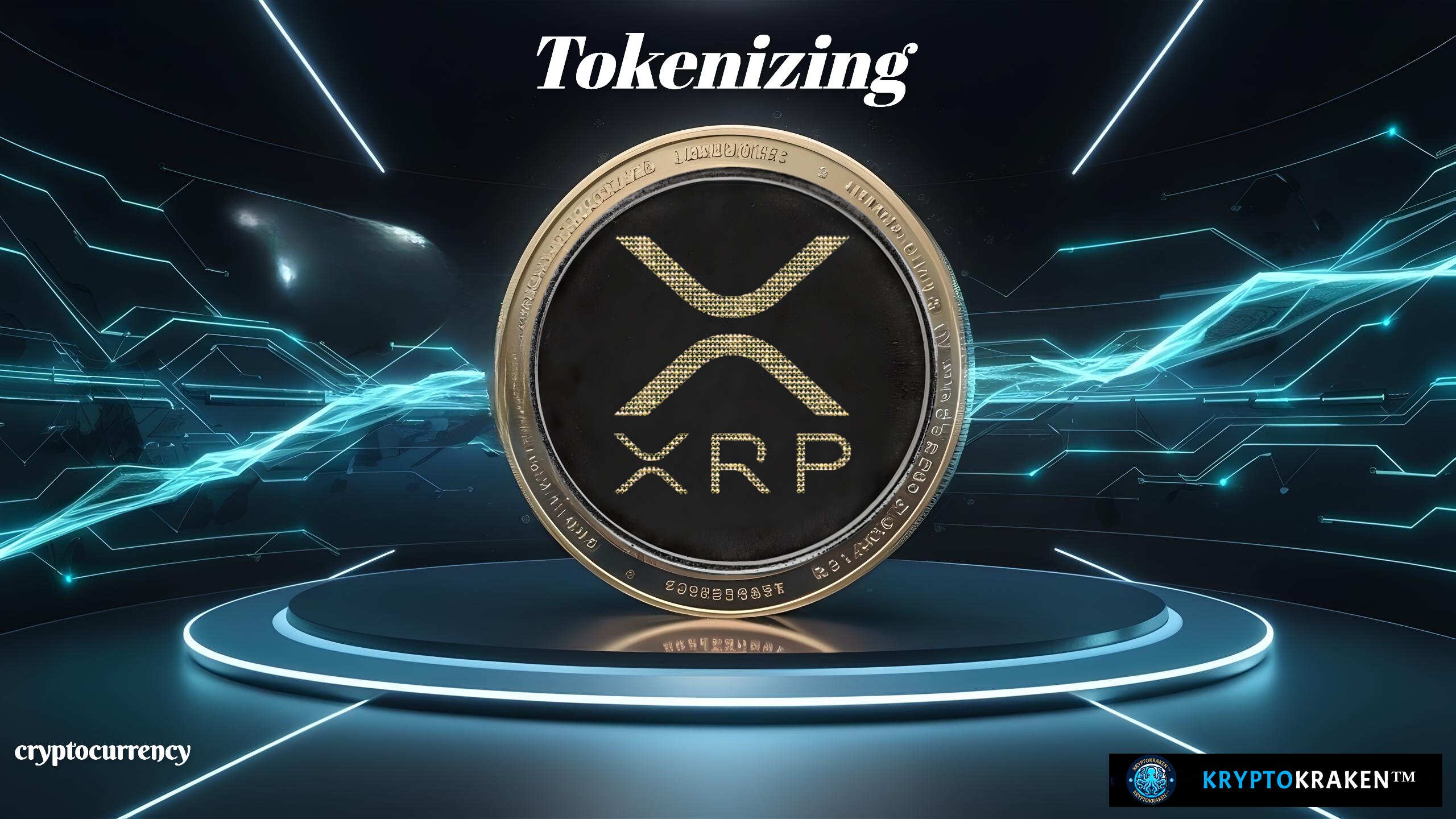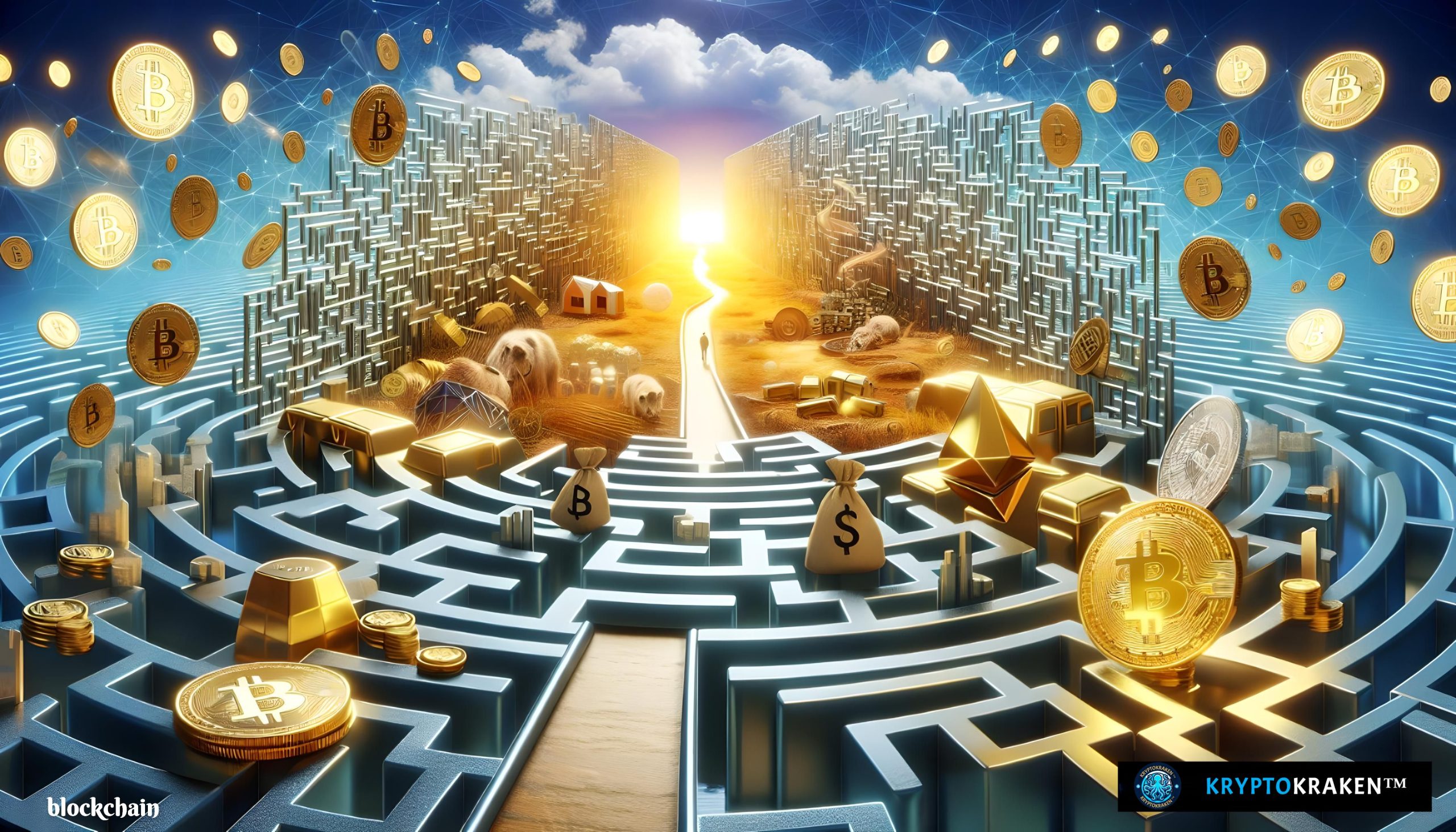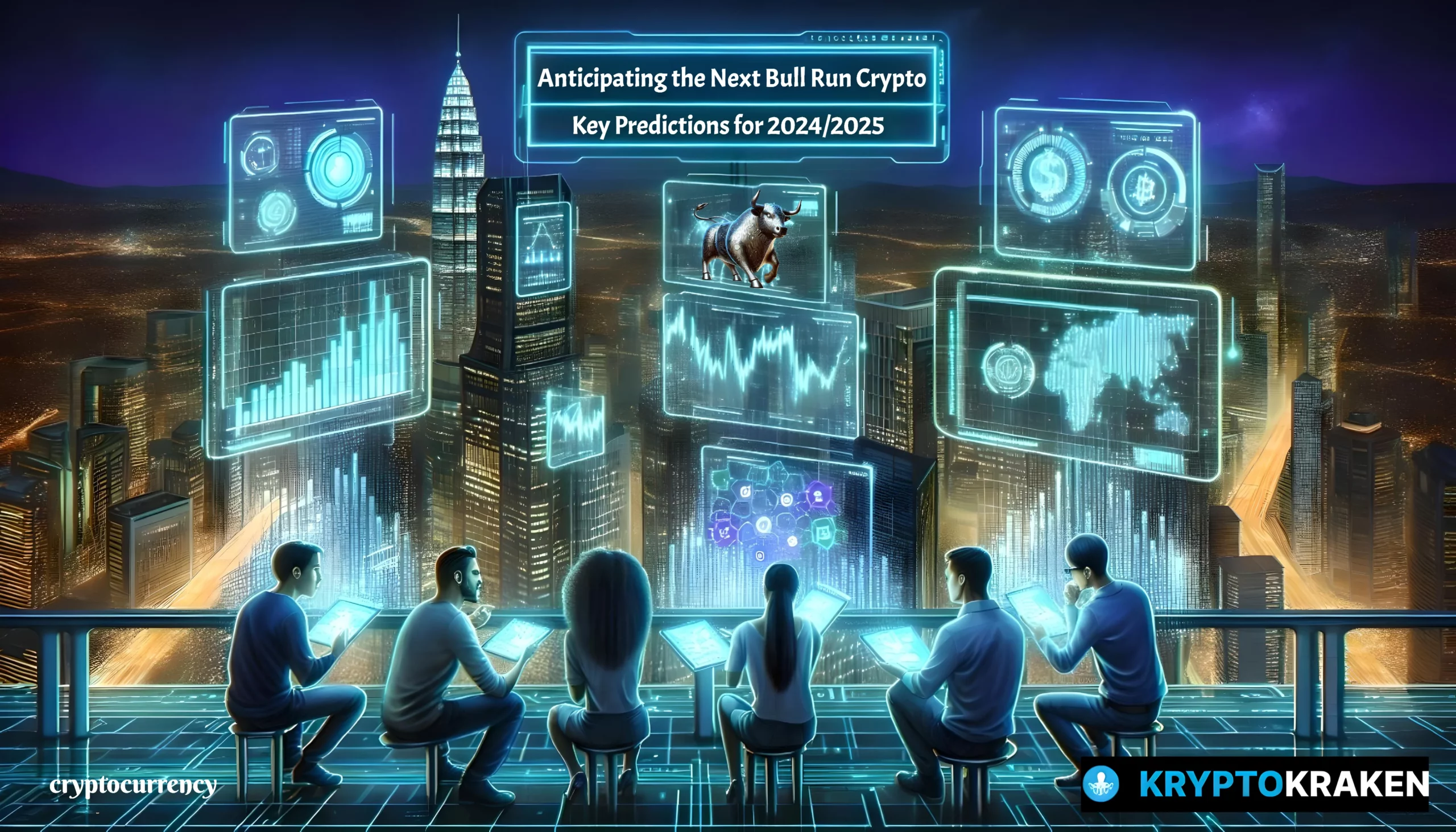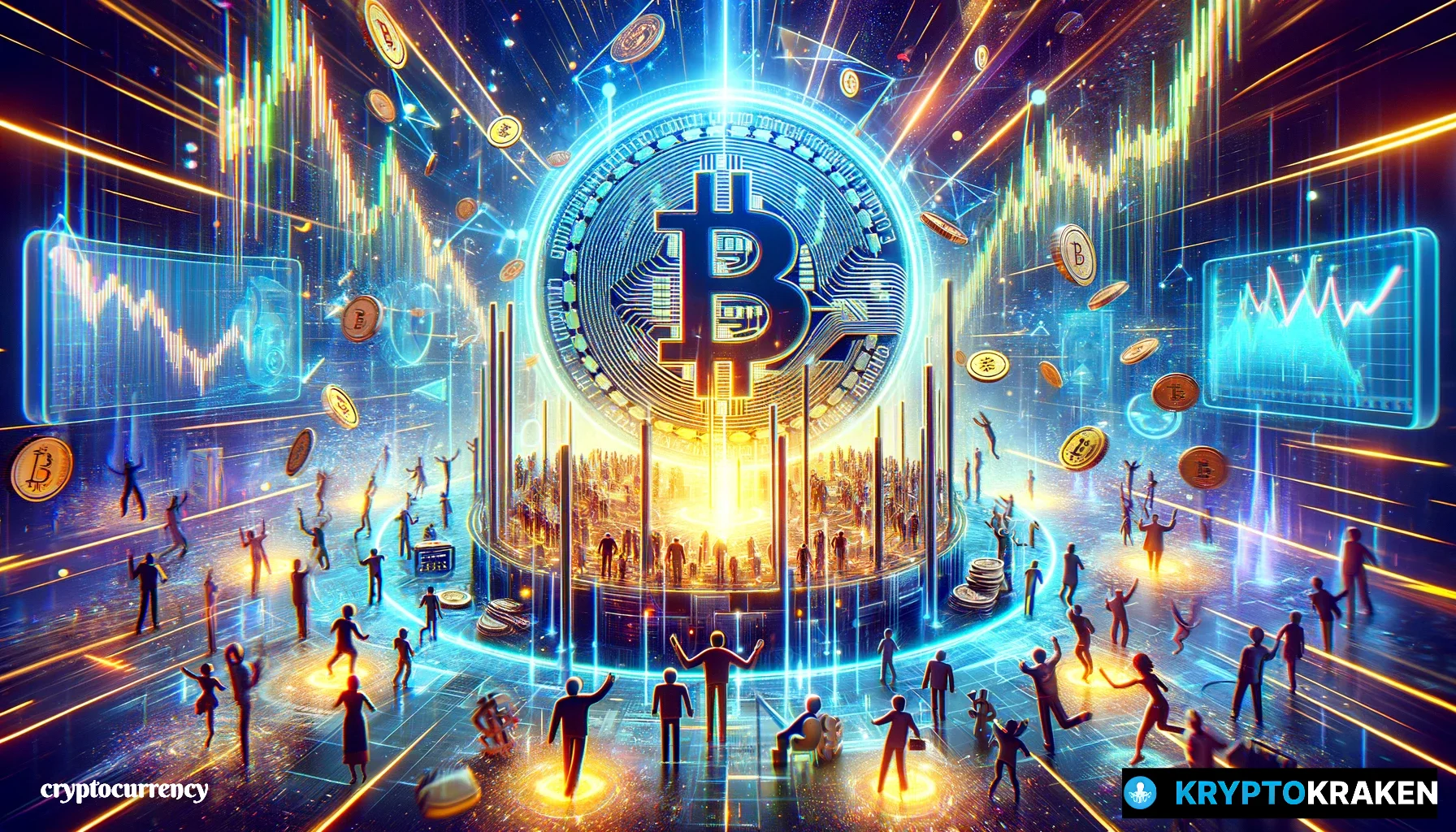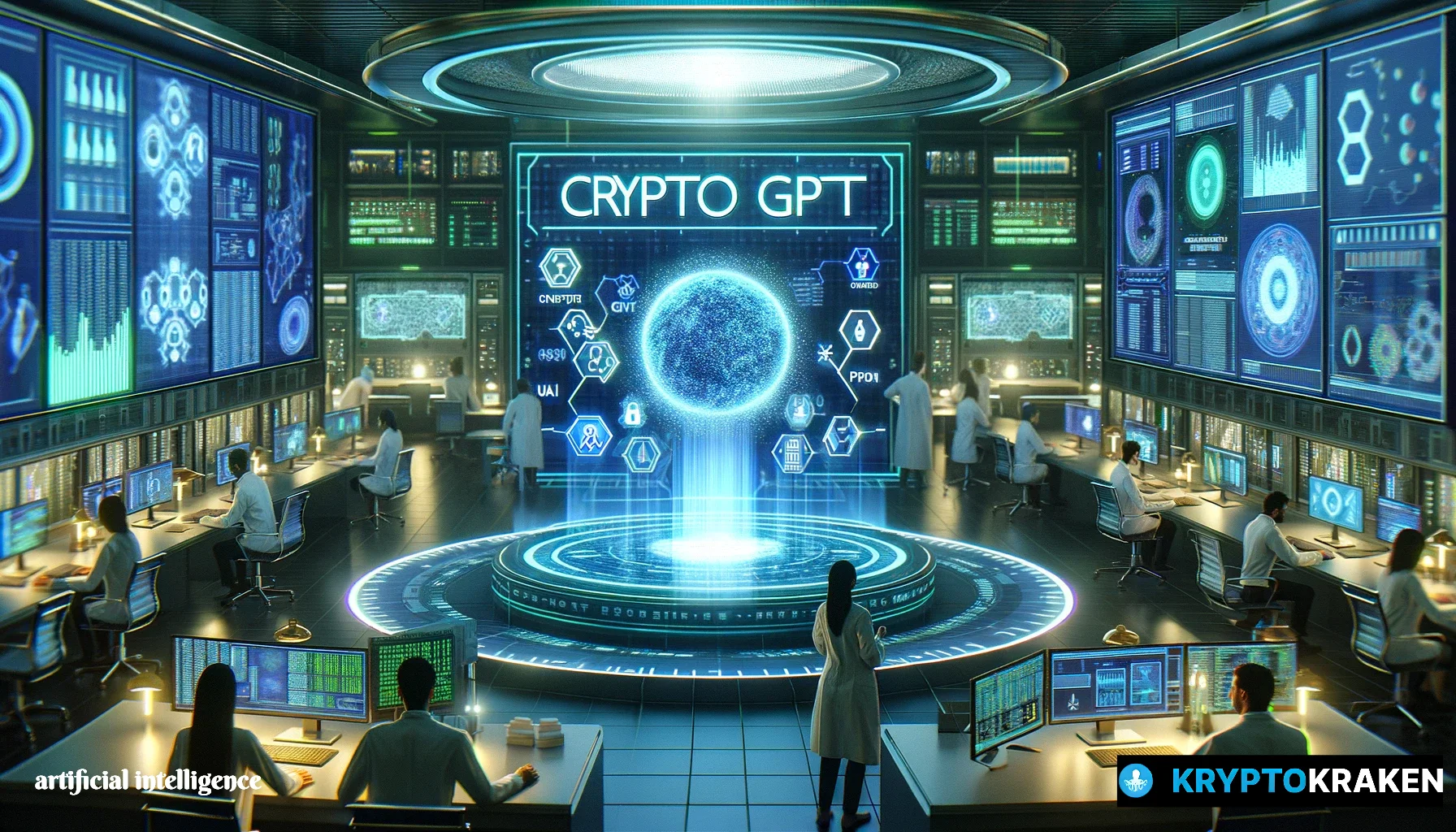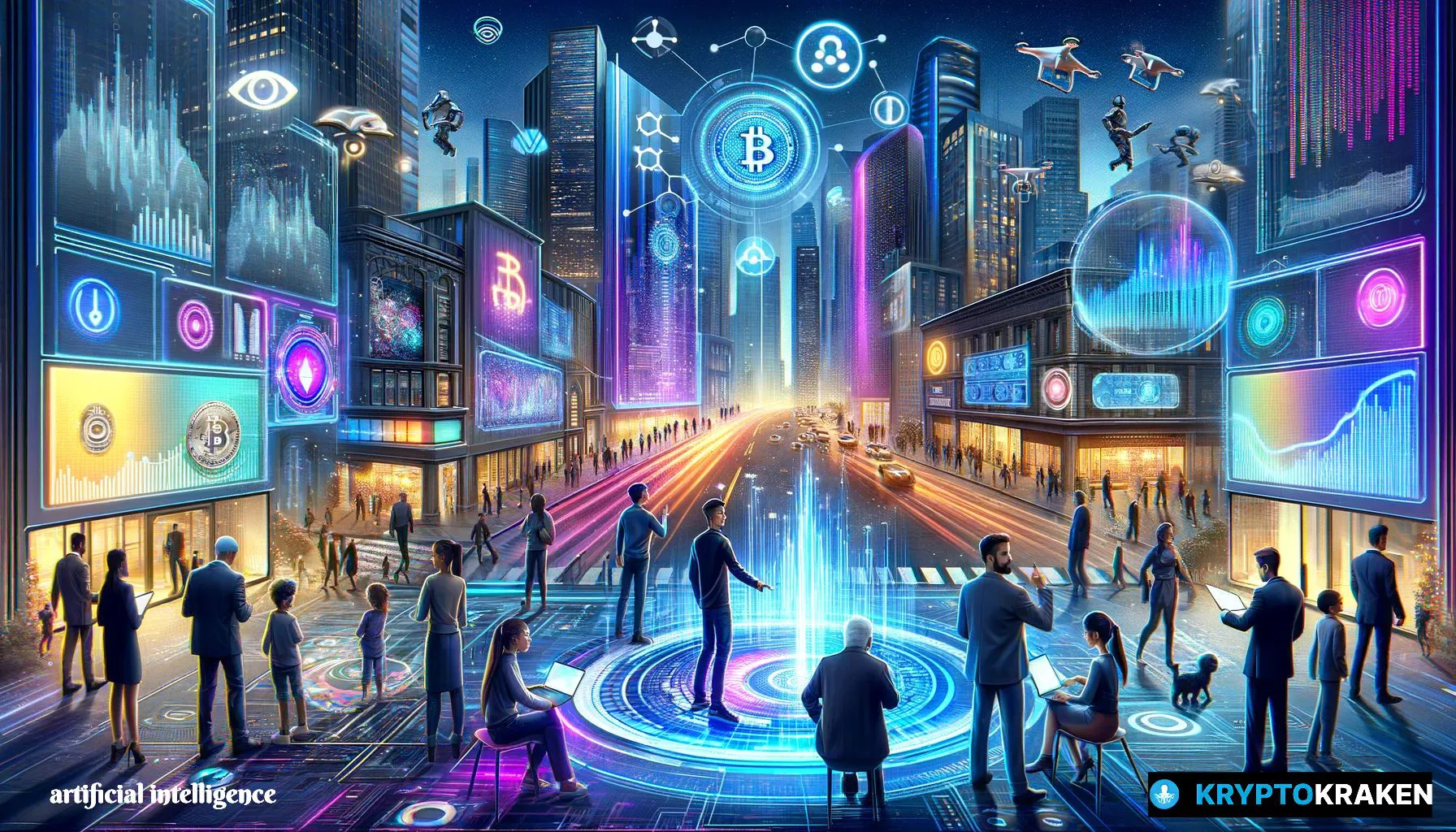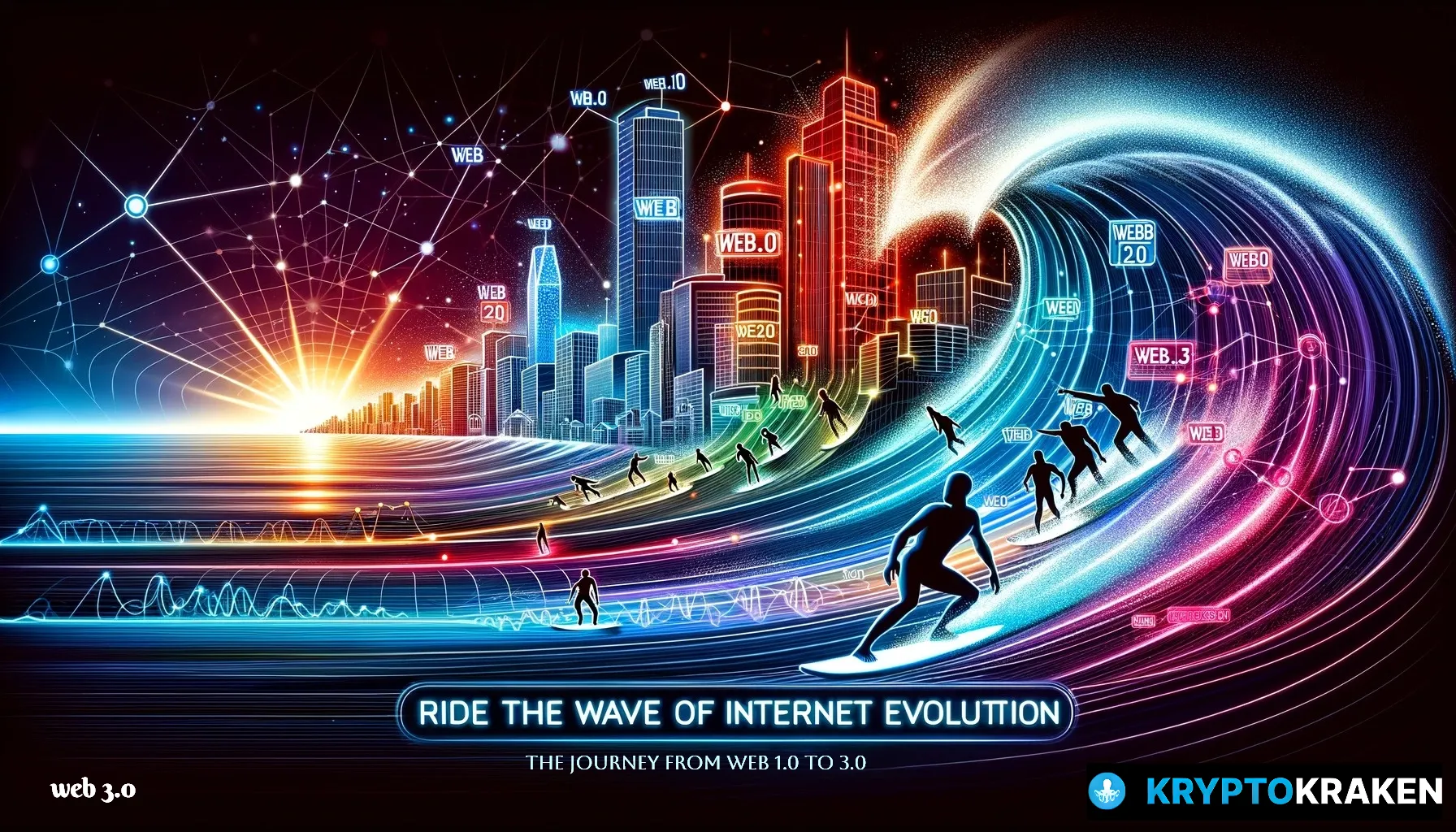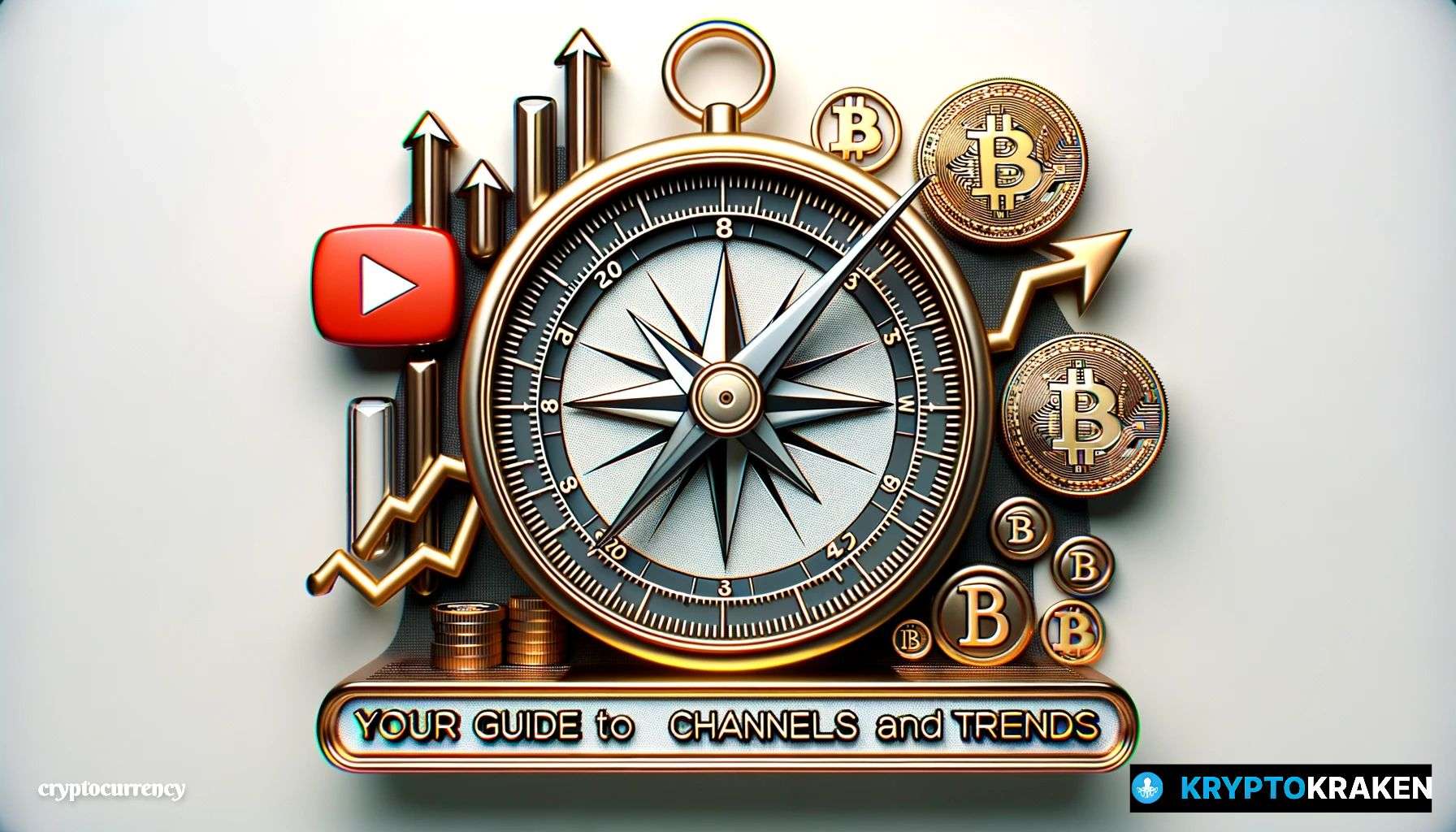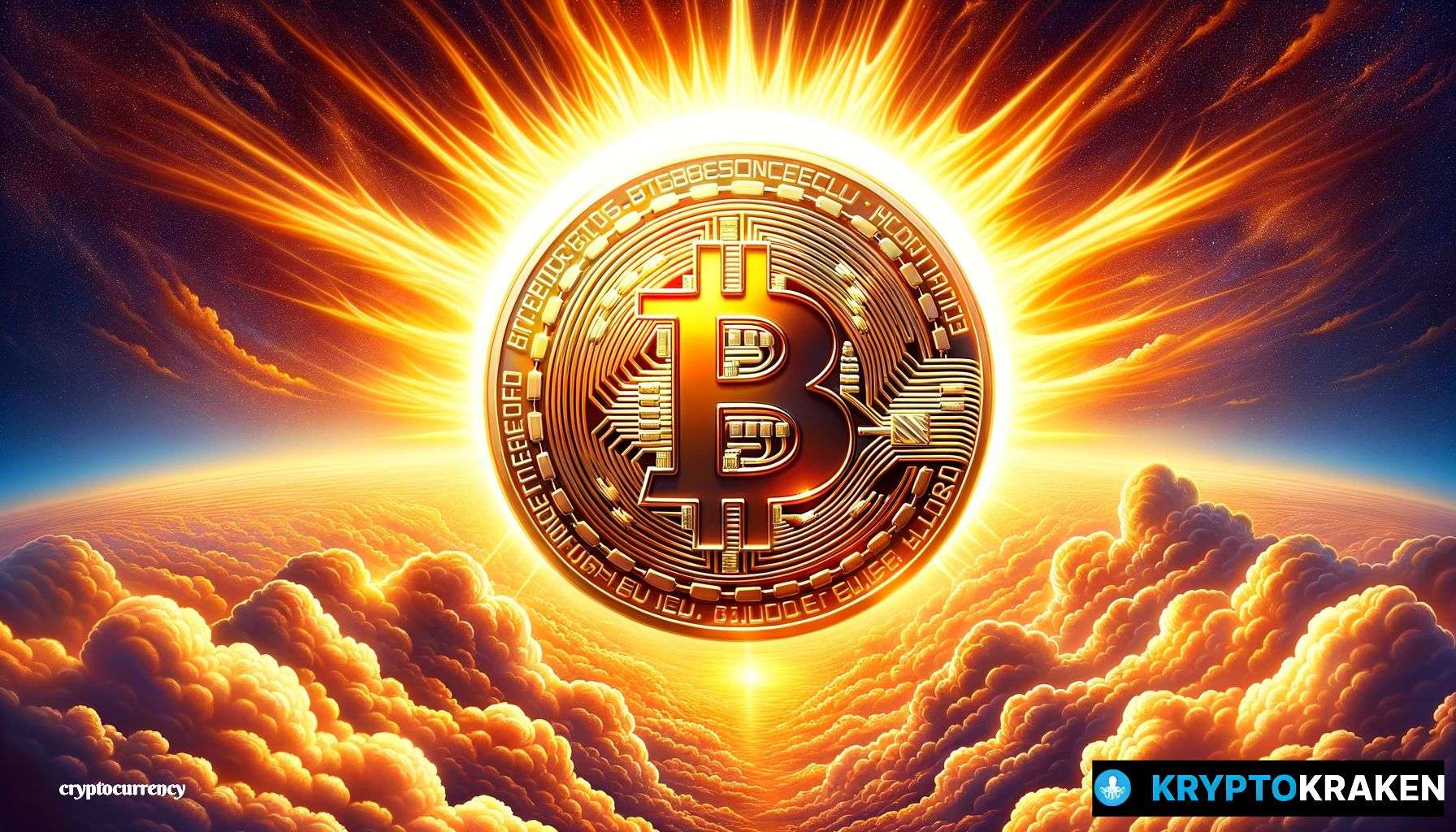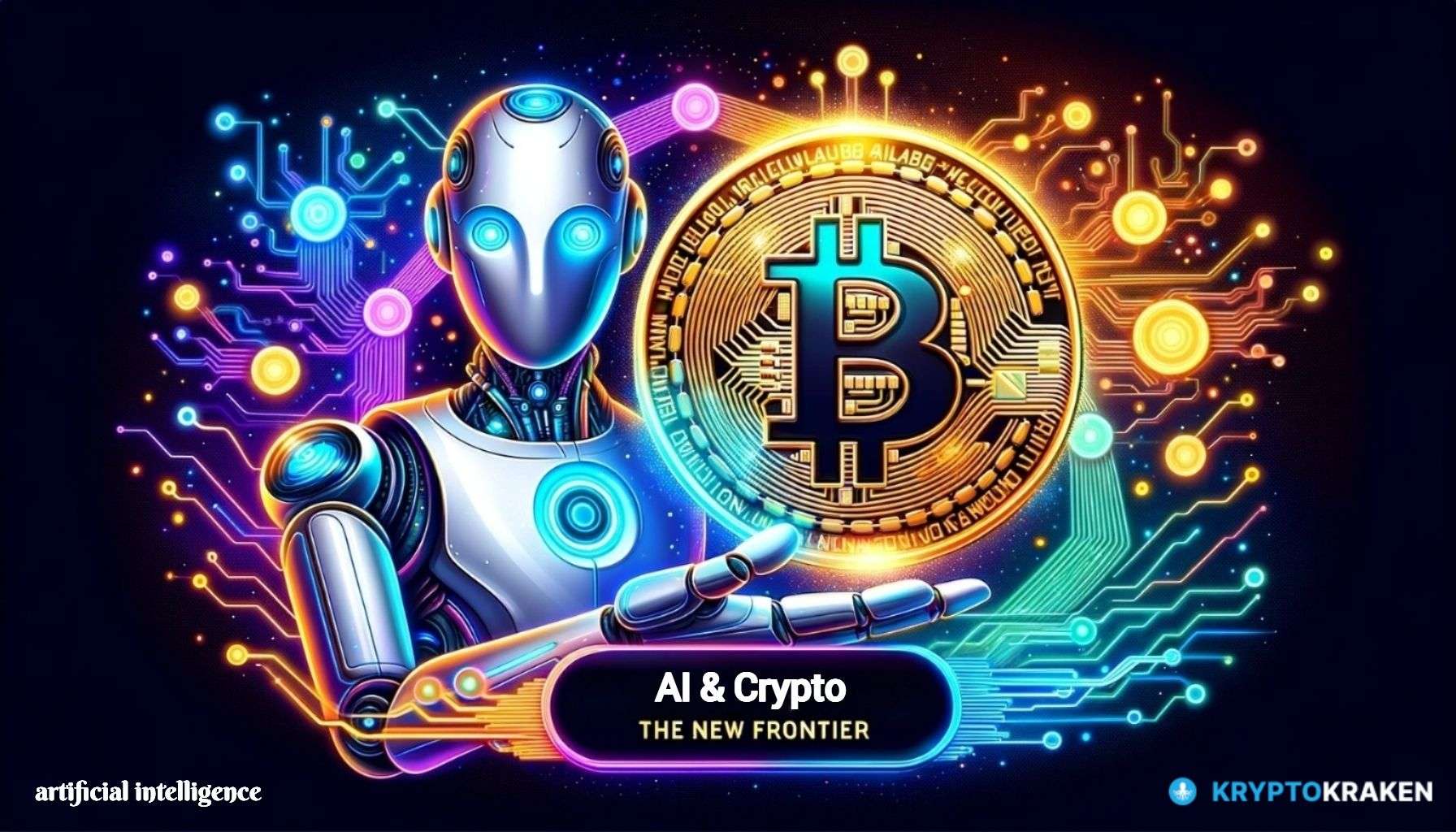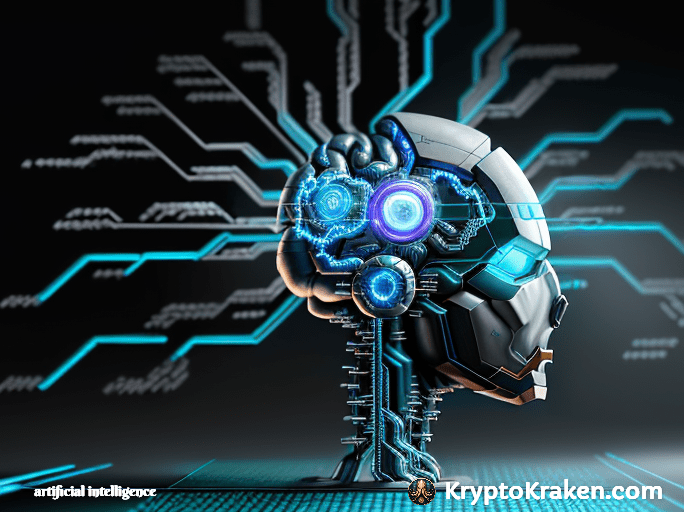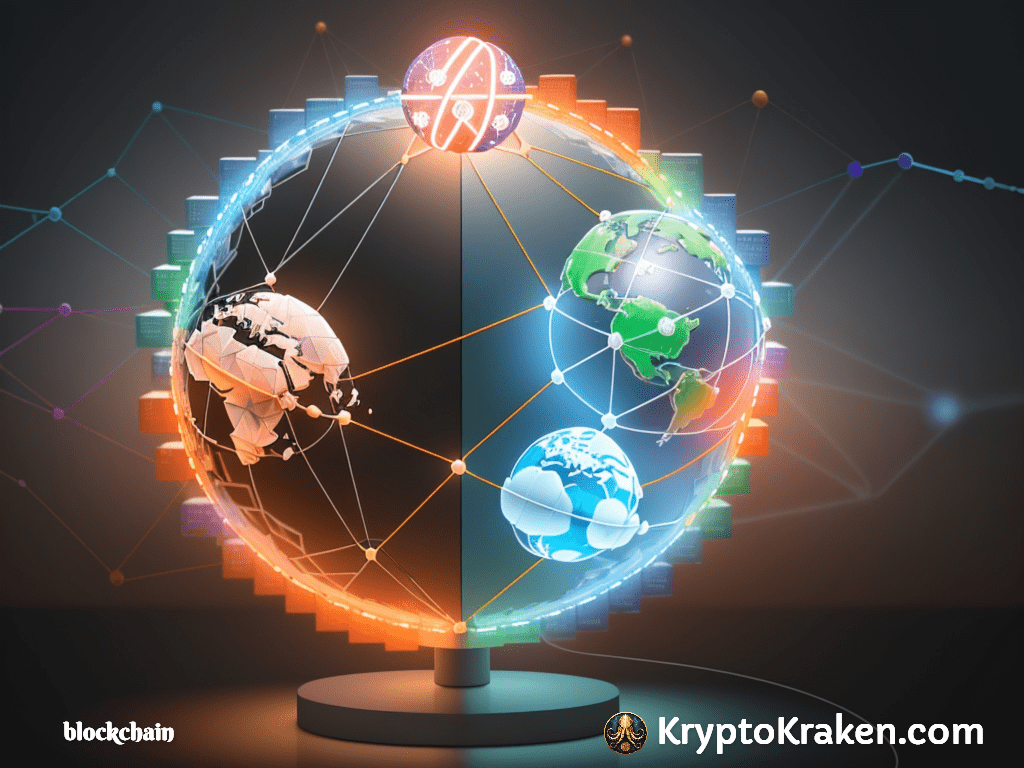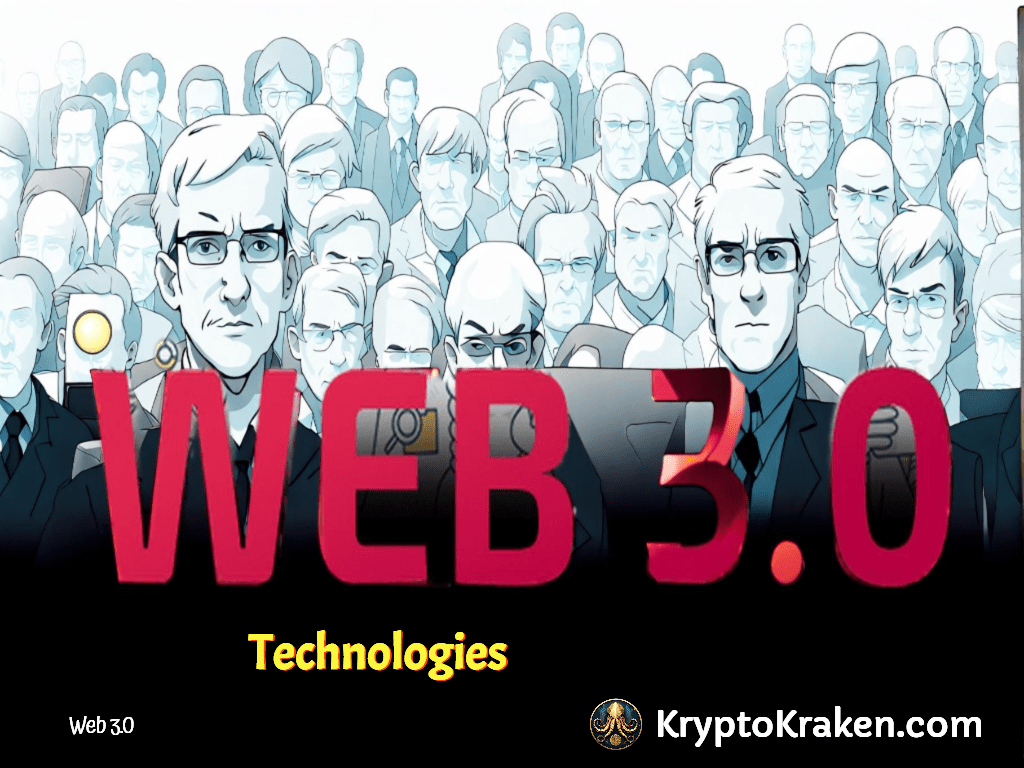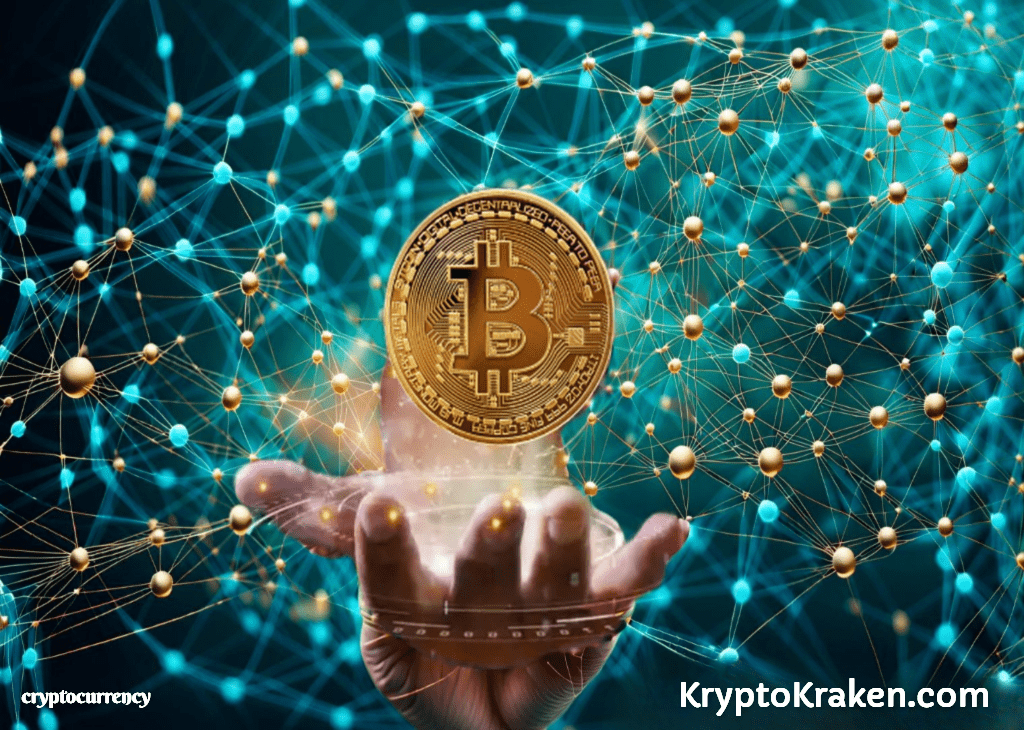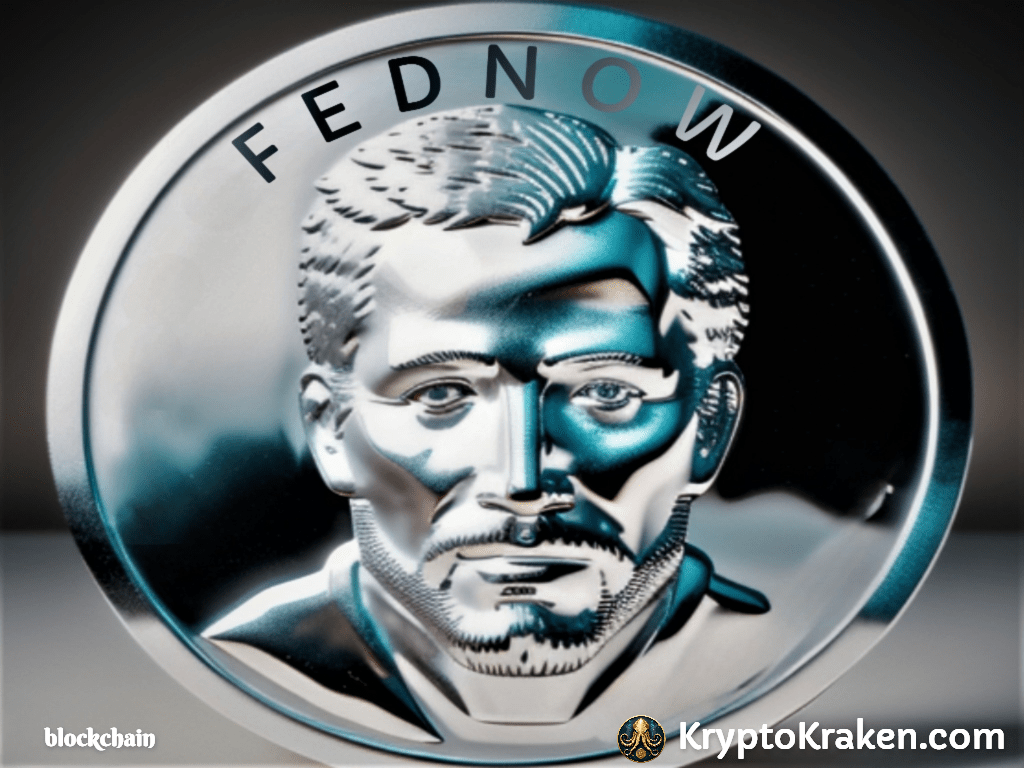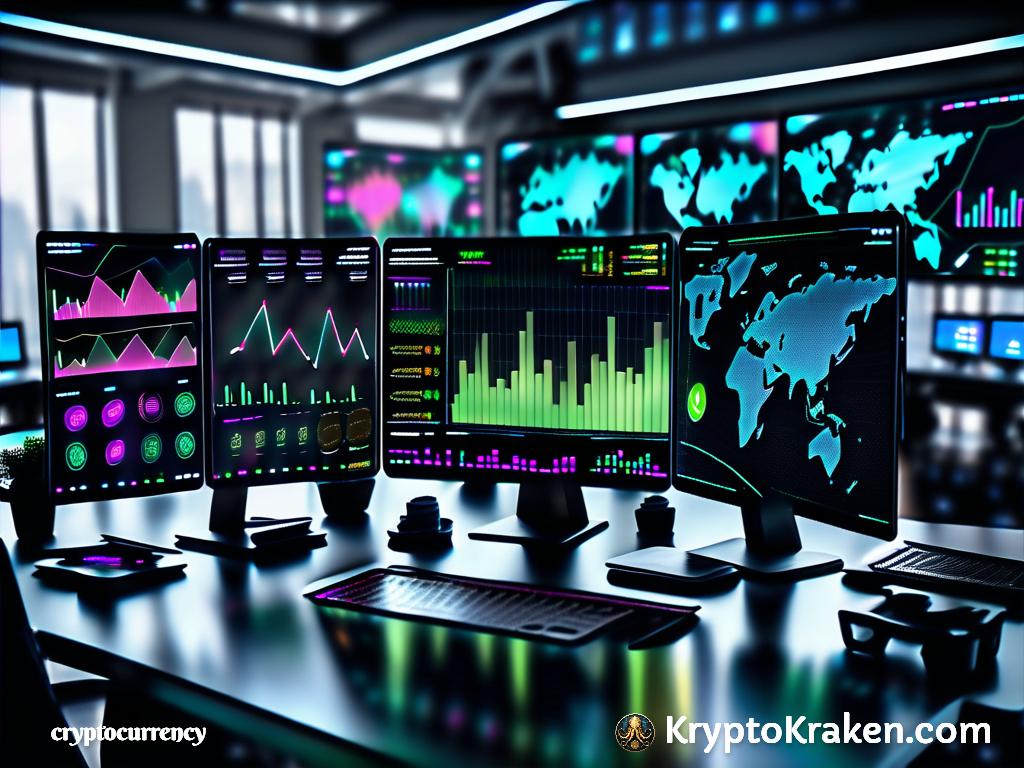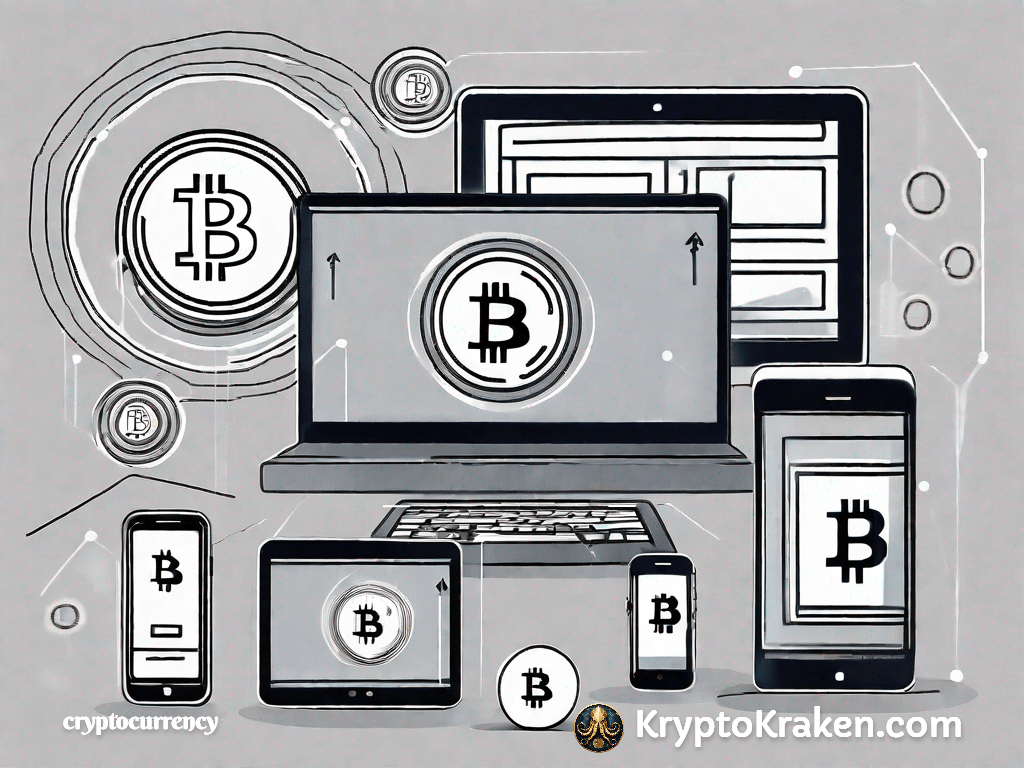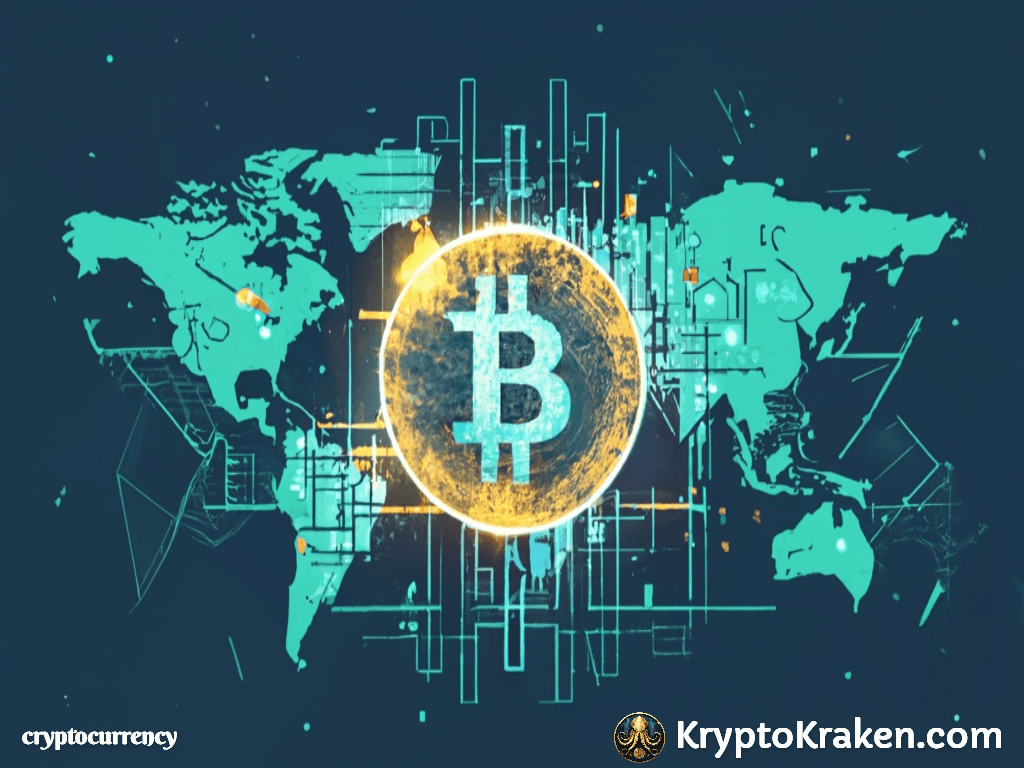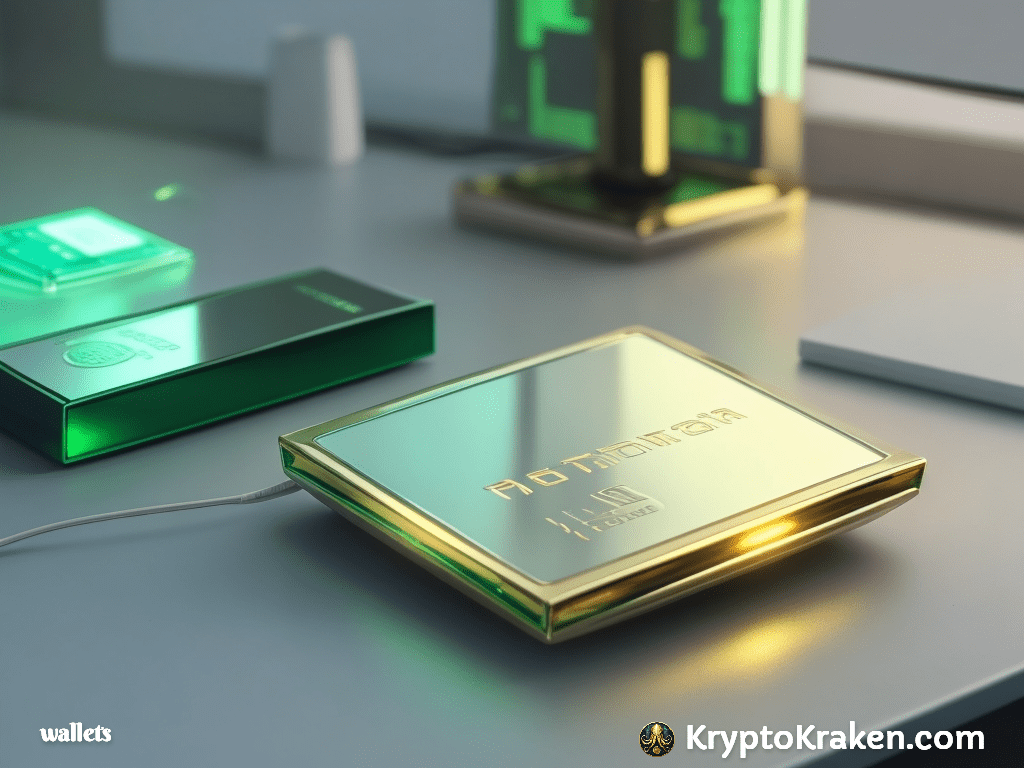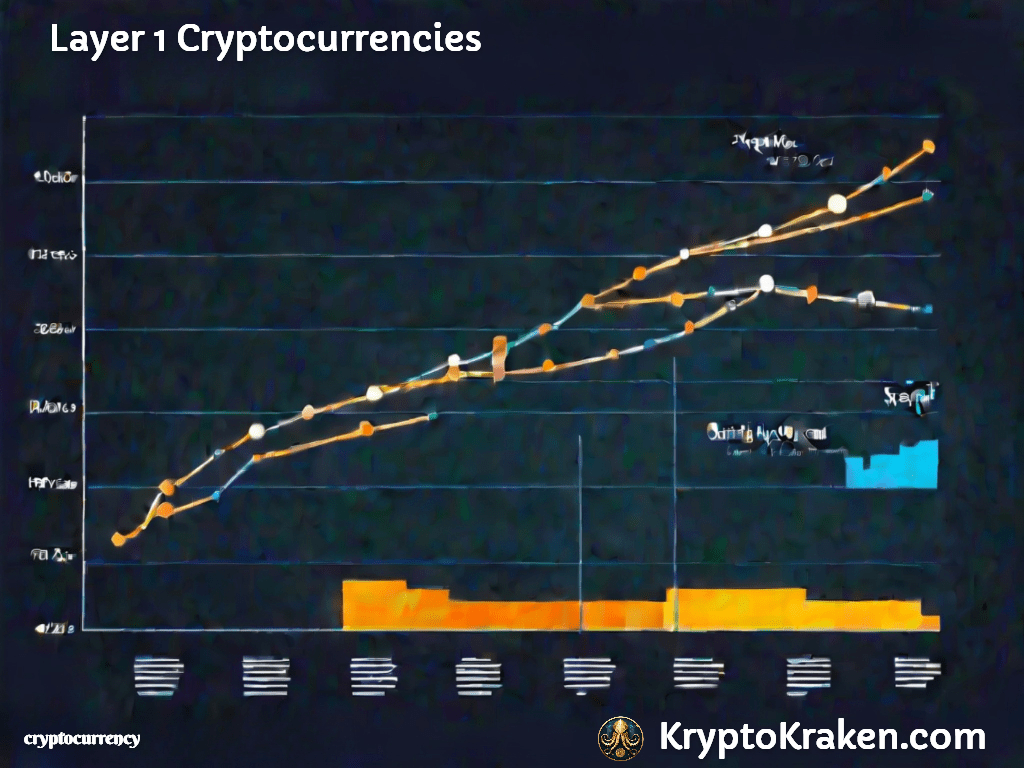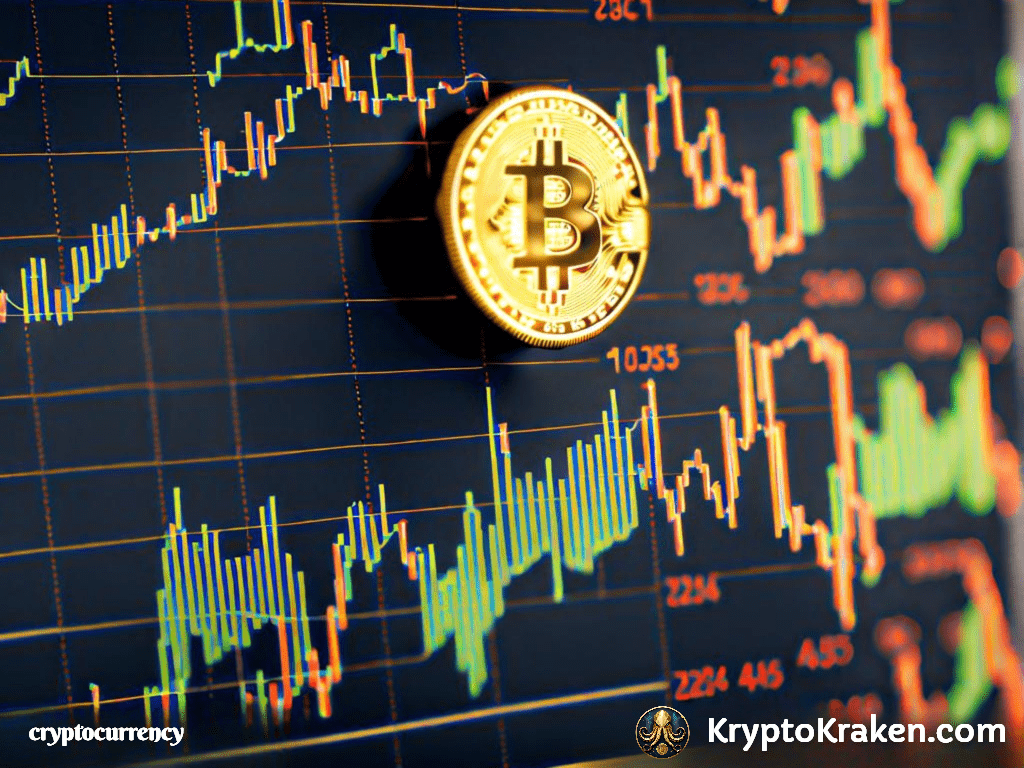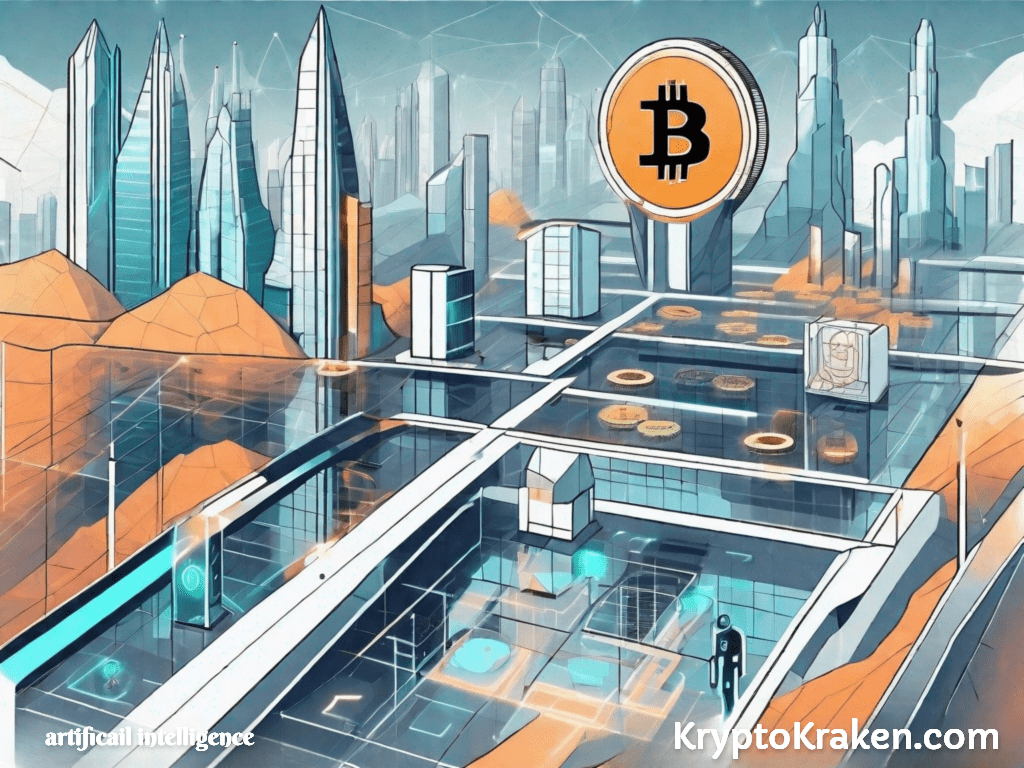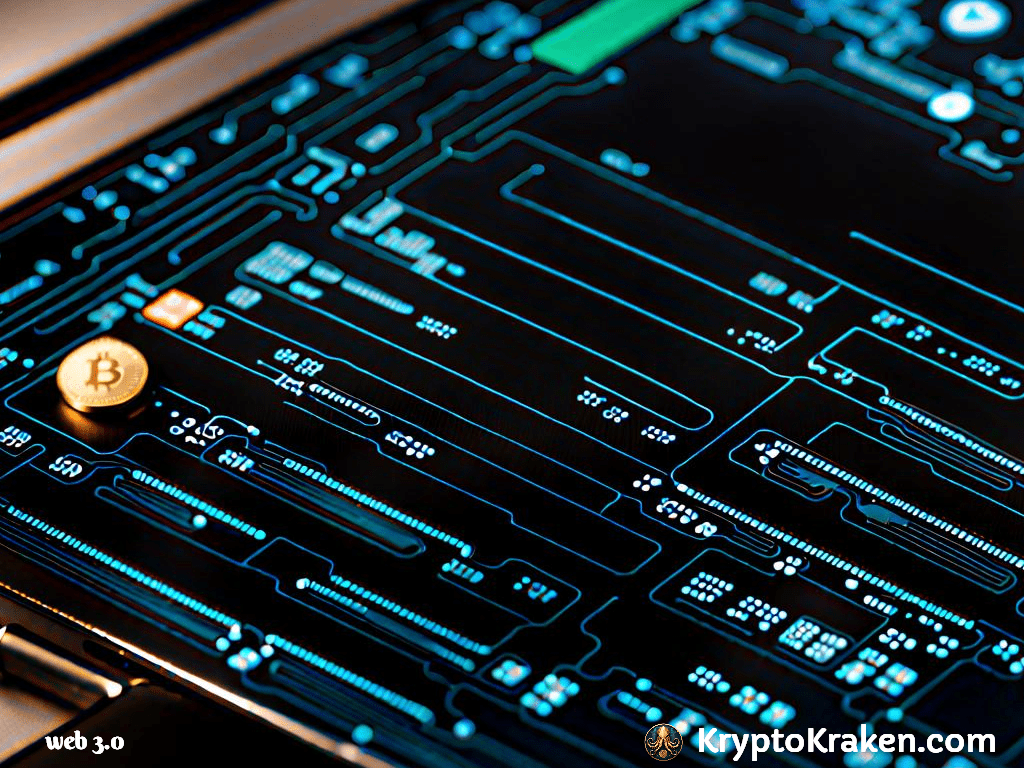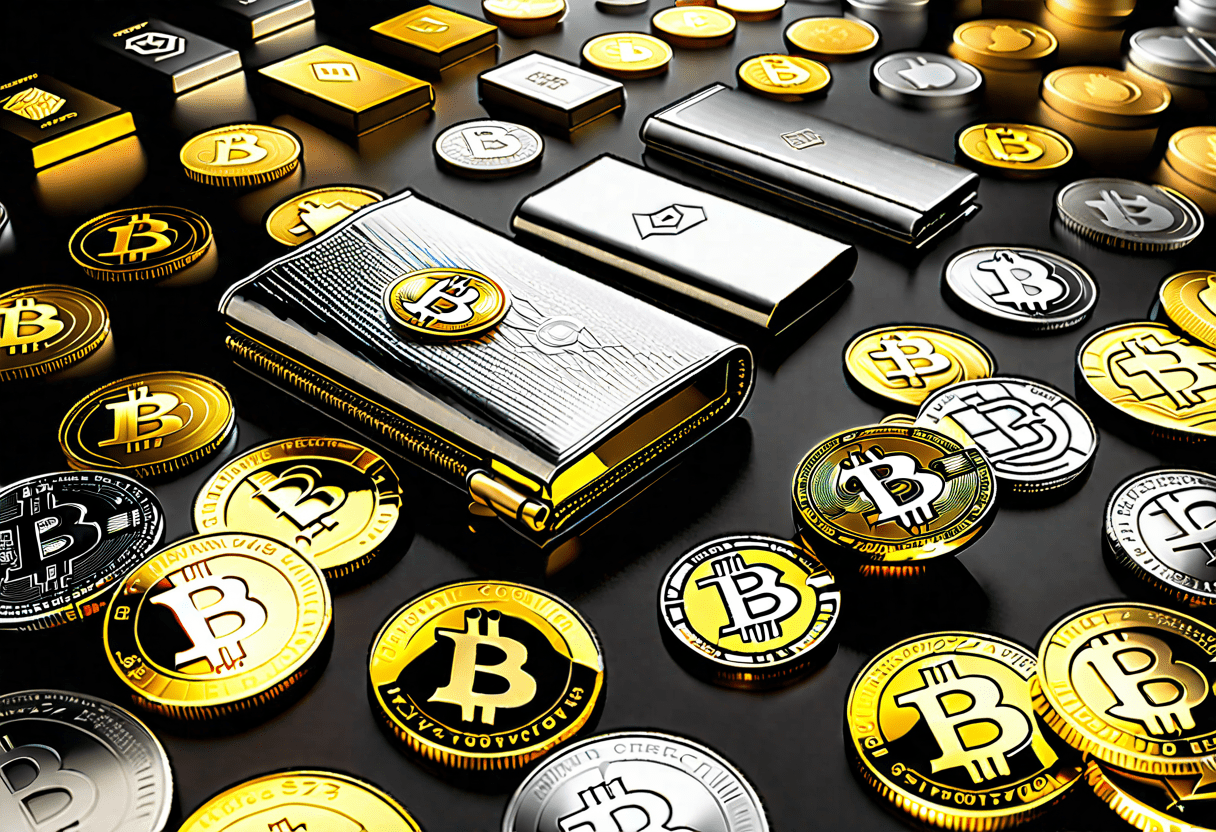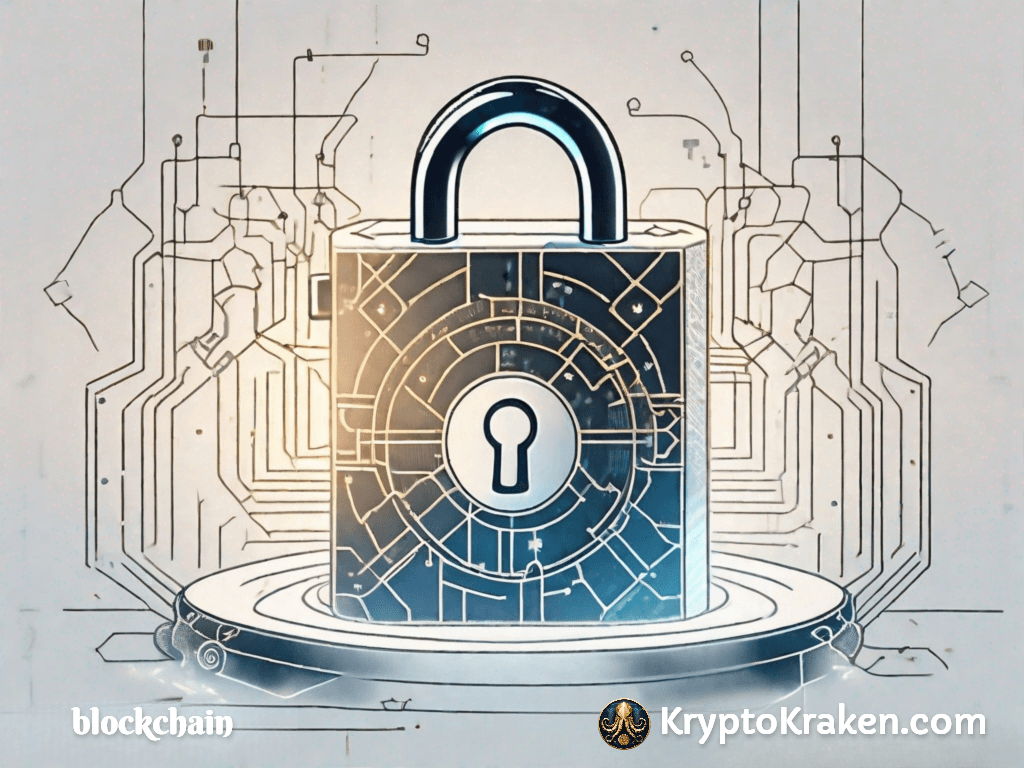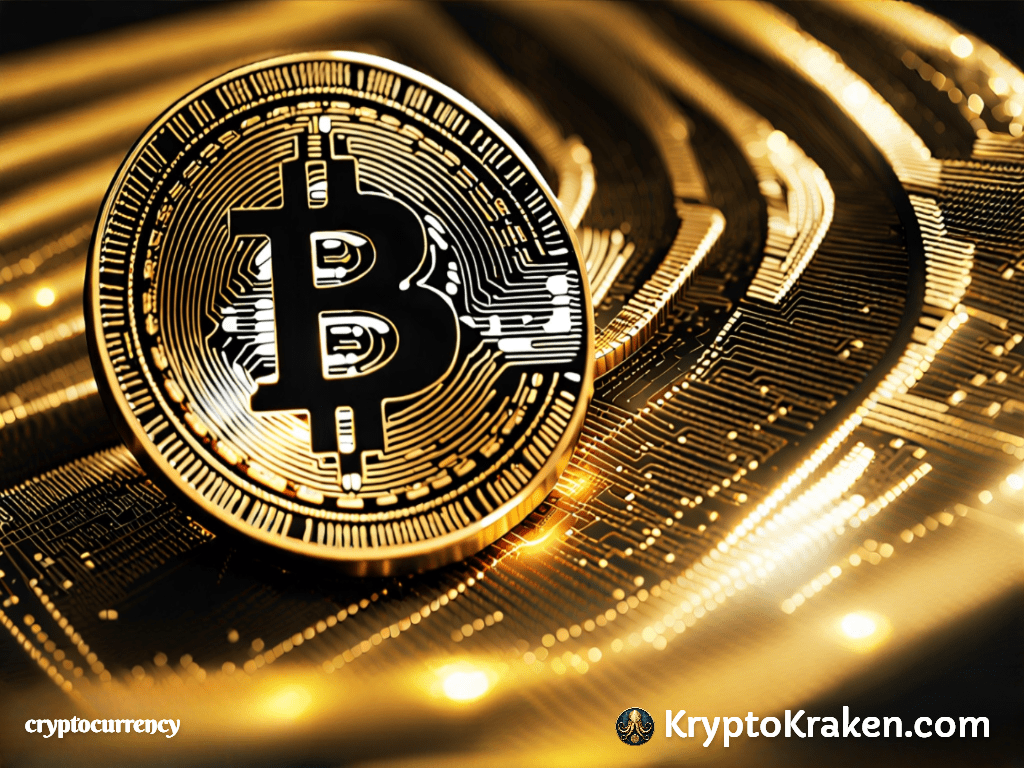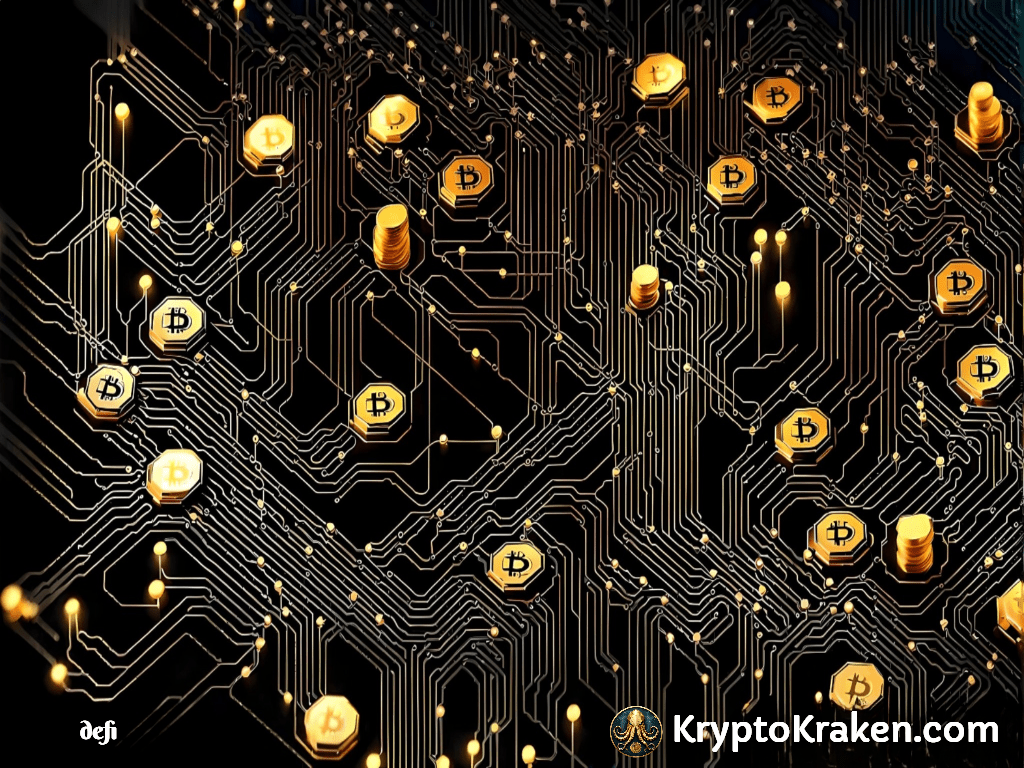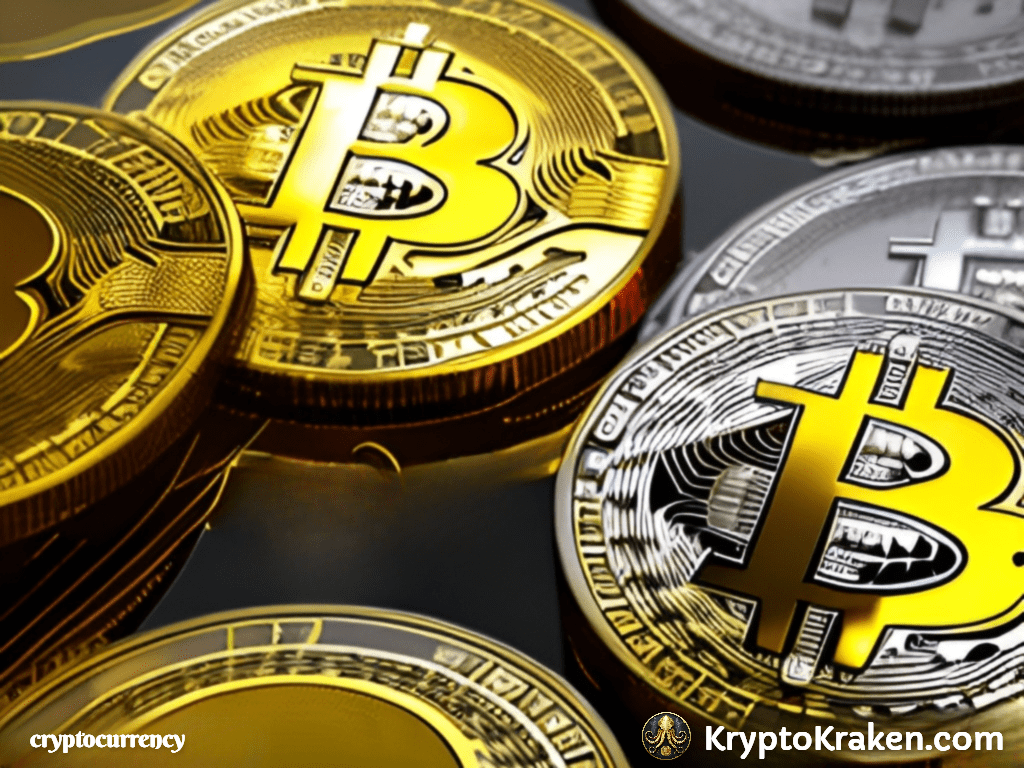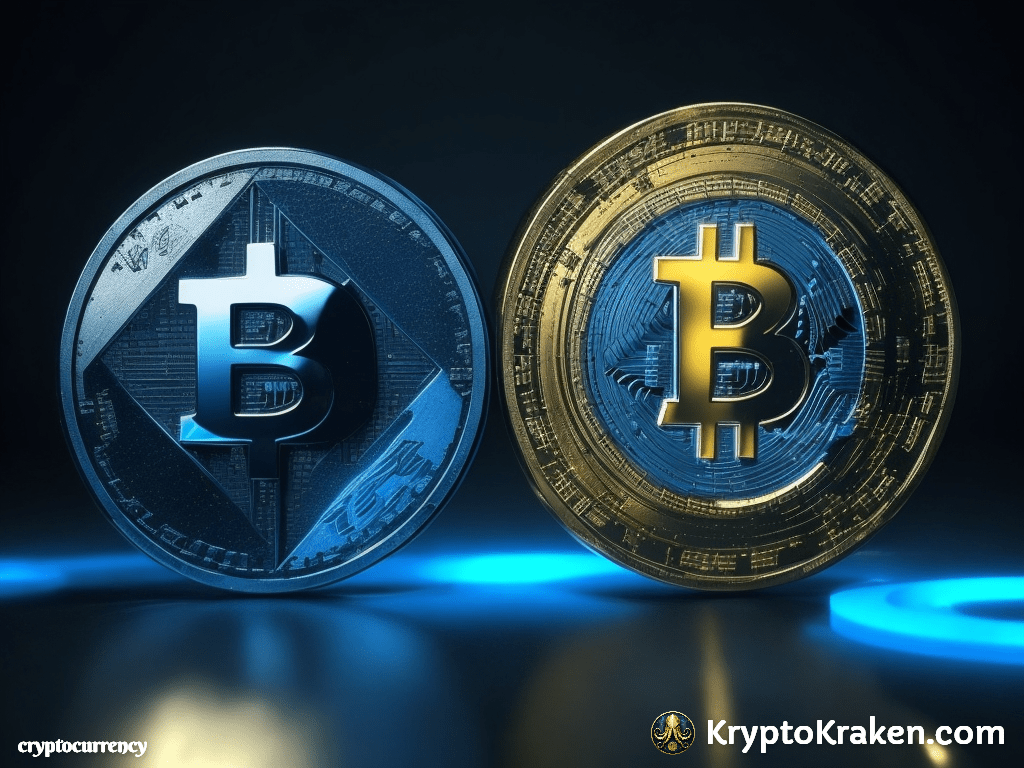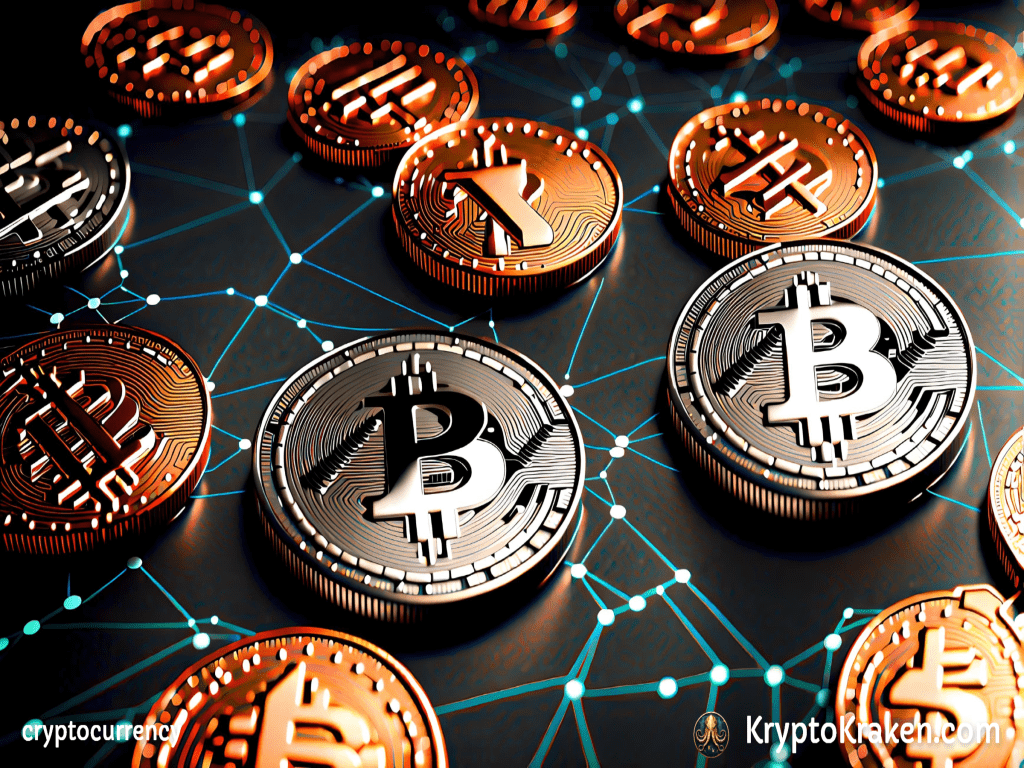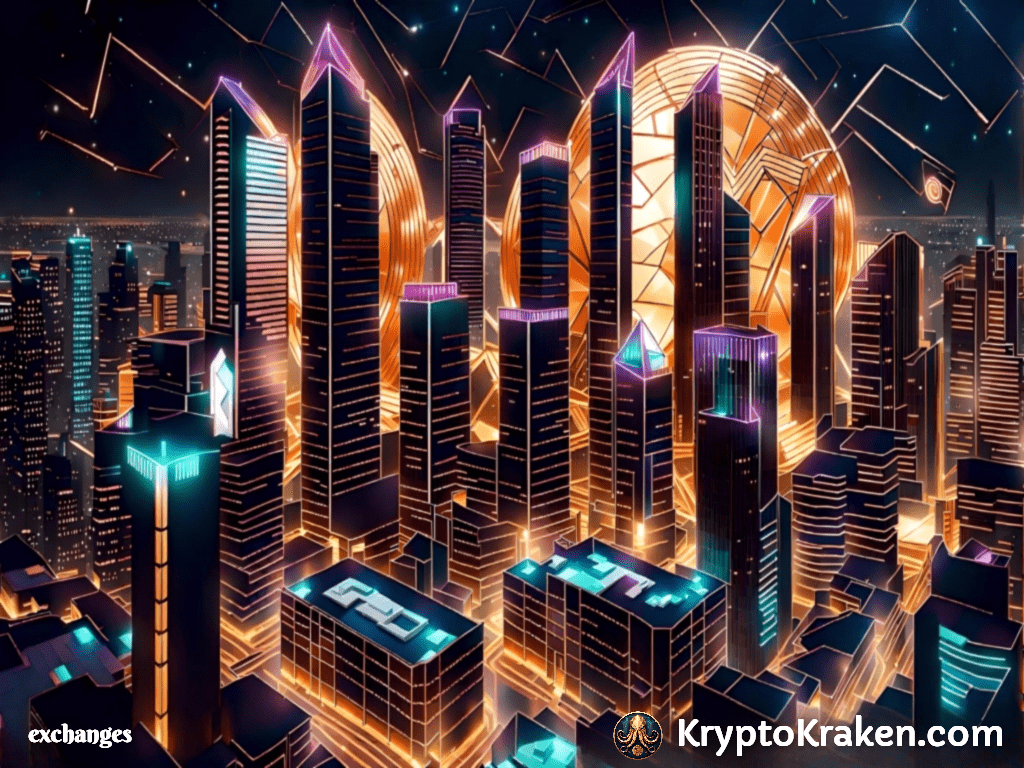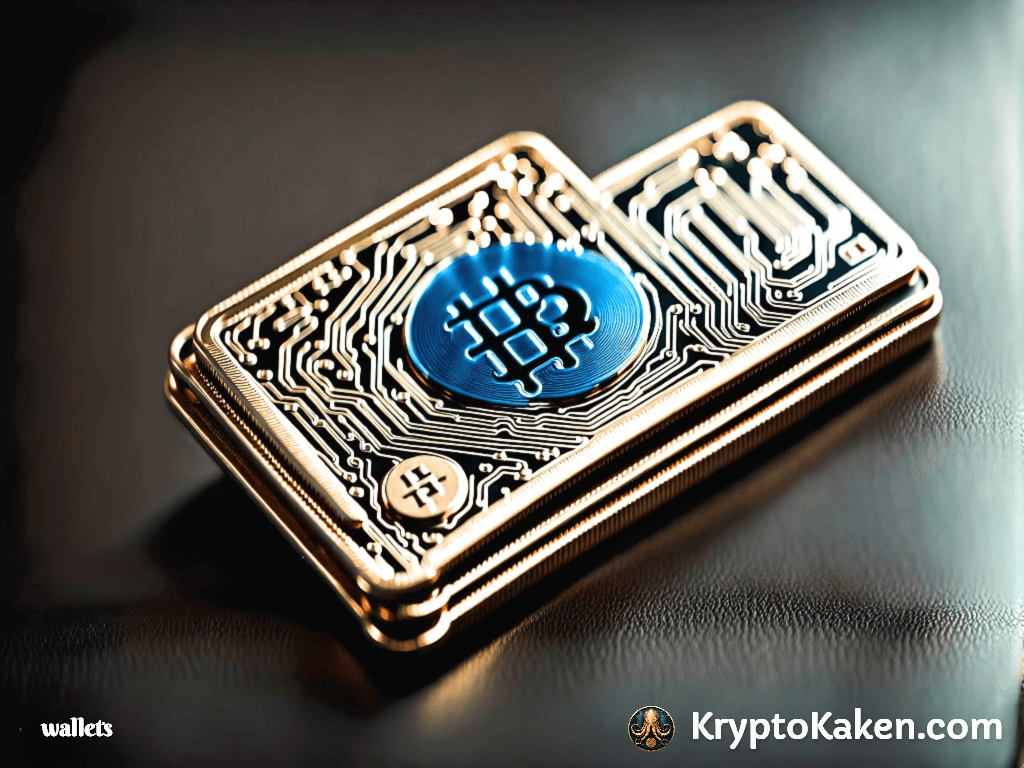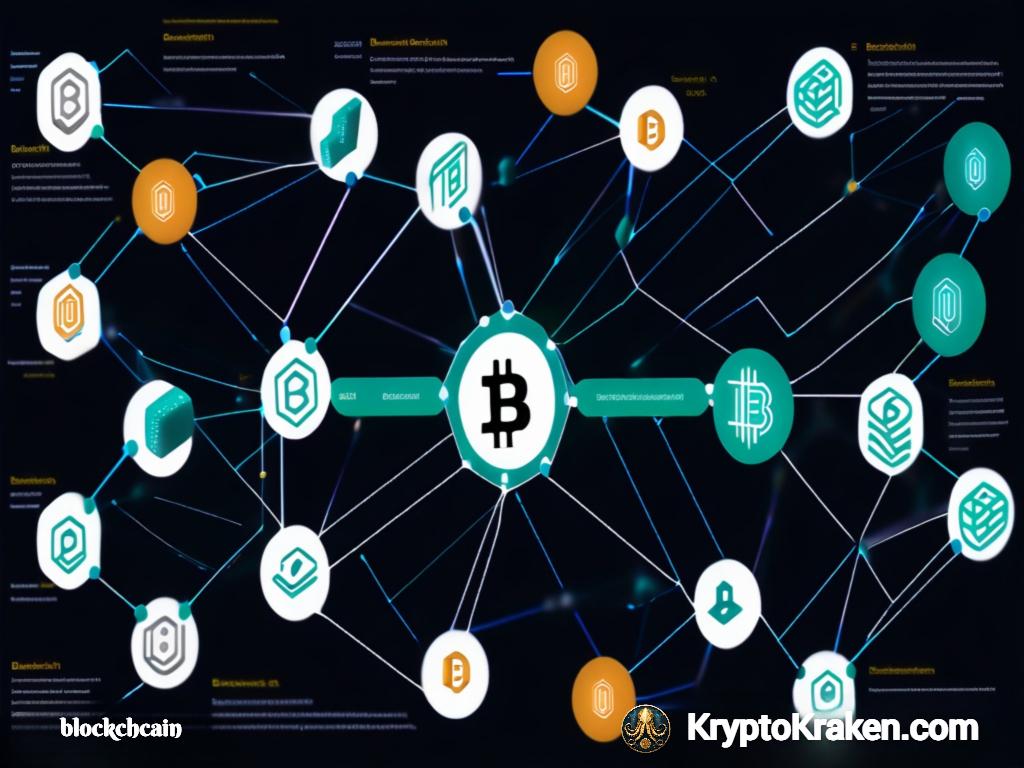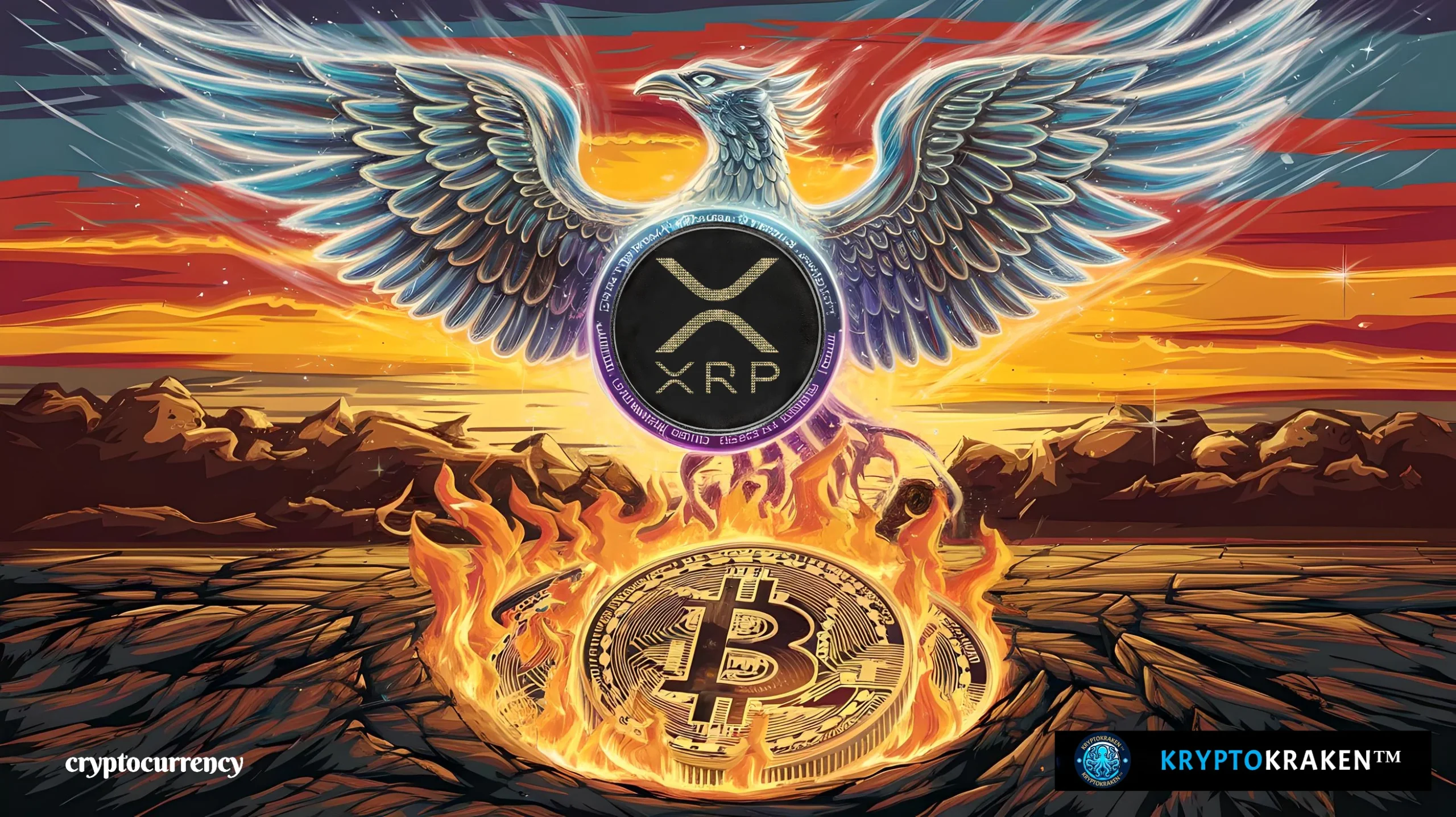
- September 28, 2024
- Frank Campbell
- 0
Table of Contents
XRP has garnered attention in the cryptocurrency space, not just for its innovative technology but also for its potential to outshine Bitcoin in the years to come. As we sift through the intricacies of this digital asset, it becomes imperative to understand why XRP might not only match but exceed Bitcoin’s prominence in the market. Let’s delve into the different layers of XRP and what makes it a compelling contender.
Understanding the Basics of XRP
The Origin and Purpose of XRP
XRP was introduced in 2012 by Ripple Labs, a technology company aimed at revolutionizing the way we transfer money globally. Unlike Bitcoin, which was crafted as a decentralized currency, XRP was designed to facilitate real-time, cross-border transactions between financial institutions. Its main objective is to enable a seamless transfer of various currencies, reducing the time and cost associated with international payments.
This focus on serving financial institutions sets XRP apart. While Bitcoin may capture the imagination of individuals seeking a hedge against traditional finance or a digital gold alternative, XRP is geared towards a more utilitarian goal: improving the efficiency of the existing financial system. It acts as a bridge currency, making it easier for banks and payment providers to access liquidity and settle transactions quickly. The strategic partnerships Ripple has formed with major banks and payment providers around the world further emphasize its commitment to transforming the global payment landscape, showcasing its potential to integrate with existing financial infrastructures.
How XRP Works: A Brief Overview
XRP operates on a unique algorithm known as the Consensus Protocol, which distinguishes it from Bitcoin’s Proof-of-Work system. In contrast to the mining process that slows down Bitcoin transactions, XRP transactions are confirmed by a network of independent validators. This ensures that processes are executed almost instantaneously, making transactions not only faster but also more energy-efficient. The validators play a crucial role in maintaining the integrity of the network, as they must agree on the state of the ledger before any transactions are finalized, which helps to prevent fraud and double-spending.
Moreover, the total supply of XRP is capped at 100 billion coins. This limitation helps maintain an element of scarcity, similar to Bitcoin, but avoids the issues of fluctuating inflationary pressures. XRP’s ability to handle up to 1,500 transactions per second makes it incredibly competitive in a world where speed is a critical factor in financial transactions. Additionally, the transaction fees associated with XRP are remarkably low, often just a fraction of a cent, making it an attractive option for institutions looking to minimize costs while maximizing efficiency. As the demand for faster and more cost-effective cross-border transactions continues to grow, XRP’s role in the financial ecosystem is likely to expand, potentially paving the way for broader adoption across various sectors. This evolution could lead to innovative financial products and services that leverage XRP’s capabilities, further embedding it into the fabric of global finance.
Comparing XRP and Bitcoin
Key Differences Between XRP and Bitcoin
One of the most striking differences between XRP and Bitcoin lies in their intended use cases. While Bitcoin fuels the ideology of a decentralized currency free from government control, XRP has positioned itself as a tool for enhancing the current financial infrastructure. This strategic difference leads to varied reception in the market: Bitcoin is largely viewed as speculative digital gold, while XRP is perceived as a viable solution for existing financial institutions. Bitcoin’s primary aim is to serve as a store of value and a medium of exchange, appealing to those who prioritize privacy and autonomy in their financial transactions. In contrast, XRP is designed to facilitate cross-border payments and remittances, providing a bridge between different fiat currencies and significantly reducing transaction costs and times.
Another important distinction is their security and transaction validation mechanisms. Bitcoin’s network relies on miners who solve complex mathematical problems to validate transactions, leading to a decentralized but slower process. This proof-of-work system, while secure, can result in congestion during peak times, causing delays and higher fees. In contrast, XRP’s validator nodes earn rewards for their contributions, leading to faster transaction speeds that banks crave. The XRP Ledger can handle thousands of transactions per second, making it an attractive option for institutions looking to streamline their operations. This efficiency is a critical factor for banks and payment providers that require quick settlement times to remain competitive in a rapidly evolving financial landscape.
Similarities Worth Noting
Despite their differences, XRP and Bitcoin share some foundational similarities. Both assets leverage blockchain technology and strive to increase the efficiency of transactions. The underlying technology of both cryptocurrencies ensures transparency and security, which are essential features that appeal to users. Furthermore, they are both decentralized and exist independently of any central authority, which is a principle that resonates with cryptocurrency enthusiasts. This decentralization fosters a sense of community among users who advocate for financial inclusion and the democratization of finance.
Additionally, as both have become globally recognized, they share the spotlight in discussions about the future of digital currencies. Investors consider both assets in terms of potential long-term growth, and as both seek greater adoption, they might even complement each other’s respective roles in the marketplace. The rise of decentralized finance (DeFi) has further blurred the lines between the two, as both Bitcoin and XRP are increasingly being integrated into various DeFi platforms. This integration opens up new avenues for liquidity and trading, allowing users to leverage their holdings in innovative ways. As the cryptocurrency ecosystem continues to evolve, the interplay between Bitcoin and XRP could lead to exciting developments that reshape the financial landscape.
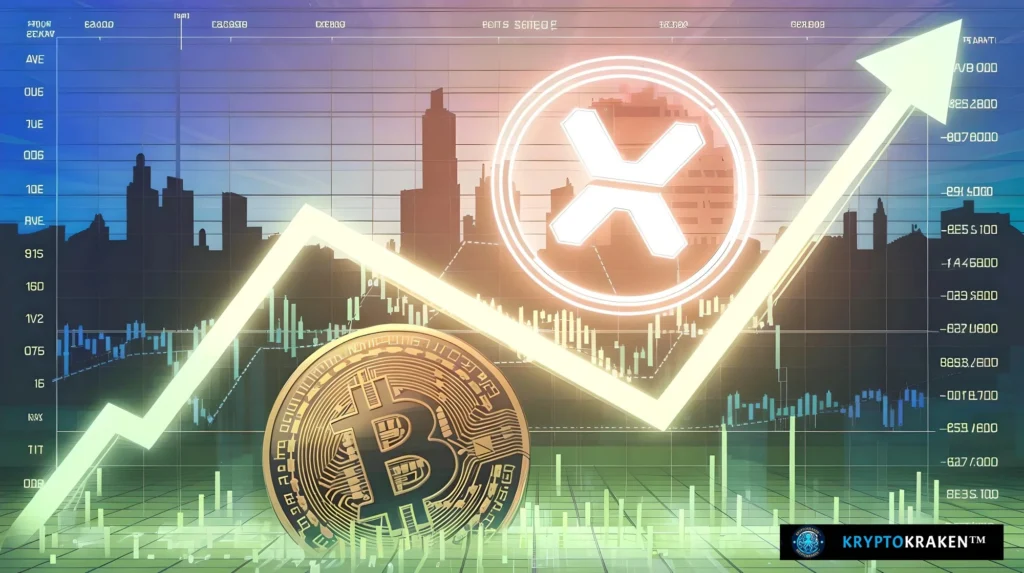
The Potential of XRP
Factors Contributing to XRP’s Potential Growth
The landscape of digital currencies is evolving, and XRP’s potential growth can be attributed to multiple factors. One primary driver is its strategic partnerships with various banks and financial institutions worldwide. Ripple Labs has secured collaborations with numerous banks, demonstrating the utility of XRP in financial operations. This established network increases confidence in XRP, making it a practical investment choice for those keen on the future of money transfer.
Additionally, the rising demand for fast, cost-effective remittance solutions reinforces XRP’s market positioning. As globalization continues to expand, the need for efficient and reliable transaction systems becomes increasingly critical. XRP stands ready to fulfill this gap, enabling cross-border transactions that are not only swift but also affordable. Furthermore, the increasing number of individuals migrating for work or education has led to a surge in remittance flows, creating a ripe environment for XRP’s adoption. With traditional remittance services often charging exorbitant fees and taking days to process transactions, XRP’s ability to settle transactions in mere seconds at a fraction of the cost positions it as a game-changer in the remittance landscape.

The Role of Ripple Labs in XRP’s Future
Ripple Labs plays a pivotal role in the trajectory of XRP. Not only is Ripple responsible for the development and technological advancements of XRP, but it also promotes its usage within the financial sector. The company’s consistent drive to engage with regulatory bodies and address compliance issues reinforces XRP’s legitimacy in financial markets. This proactive approach is crucial for helping potential partners feel confident in adopting XRP as a standard practices tool.
Ripple’s ongoing innovations, such as improvements to their network efficiency and scalability, suggest a bright future for XRP. As more banks adopt Ripple’s technology, the incorporation of XRP into their transactions could lead to an increase in demand that outpaces even Bitcoin. Moreover, Ripple’s commitment to transparency and security in its operations builds trust among users and investors alike. The company has also been exploring the integration of smart contract capabilities into its platform, which could further enhance the functionality of XRP and attract a broader range of use cases. This evolution not only solidifies XRP’s position in the market but also opens doors to new opportunities in sectors like supply chain management and decentralized finance (DeFi), where real-time settlement and liquidity are paramount.
Market Trends and Predictions
Current Market Position of XRP
As of now, XRP stands strong within the cryptocurrency market, frequently ranking as one of the top digital assets by market capitalization. This consistent performance is a reflection of its stability, trustworthiness, and growing adoption among key players in the finance world. While Bitcoin often grabs headlines due to its price volatility, XRP provides a somewhat stable alternative that appeals to conservative investors.
In recent years, institutional interest in XRP has surged, leading to discussions that place it in a favorable light against Bitcoin. While Bitcoin is often seen solely as an investment, XRP offers real-world applications for businesses, appealing to those interested in practical use rather than just speculative gains. The partnerships that Ripple Labs has formed with various financial institutions, including major banks and payment providers, further solidify XRP’s position as a bridge currency that facilitates cross-border transactions efficiently and at lower costs. This functionality not only enhances liquidity but also positions XRP as a potential leader in the evolving landscape of digital finance.
Future Predictions for XRP and Bitcoin
Looking ahead, many analysts view XRP’s trajectory positively due to its focused use case and partnerships. Predictions suggest that as Ripple Labs continues to forge relationships with financial institutions, the adoption rate of XRP could proliferate, enhancing its value significantly. Bitcoin, while it remains a popular choice among investors, faces challenges such as regulatory scrutiny and concerns around its environmental impact from mining operations. Additionally, the rise of Central Bank Digital Currencies (CBDCs) poses a competitive threat to Bitcoin, as governments explore their own digital currencies that could overshadow decentralized options.
The potential for XRP to carve out a larger share of the cryptocurrency market hinges on its ability to scale and meet the demands of a modern financial landscape. If it continues to excel at transforming how banks operate, XRP may well rival Bitcoin’s standing as the go-to digital asset in the future. Analysts also note that the ongoing legal battles faced by Ripple Labs could significantly influence XRP’s market dynamics. A favorable outcome could lead to a surge in investor confidence, whereas prolonged uncertainty might hinder its growth. As the cryptocurrency market evolves, the interplay between regulatory developments, technological advancements, and market sentiment will be crucial in shaping the future of both XRP and Bitcoin.
Risks and Challenges for XRP
Regulatory Challenges Facing XRP
Despite its promising outlook, XRP is not immune to challenges. One of the most pressing concerns is regulatory scrutiny. The ongoing legal battles faced by Ripple Labs over the classification of XRP as a security have significant implications for its future. The outcome of these discussions will undoubtedly affect XRP’s legitimacy and perceived value within the financial ecosystem. The uncertainty surrounding regulatory status can lead to market volatility, as investors may react to news and developments in real-time, often resulting in sharp price fluctuations.
As regulatory frameworks evolve, XRP must adapt to ensure compliance while maintaining its operational effectiveness. This adaptability is critical, as restrictions could either hinder its growth or necessitate changes in its foundational structure. Moreover, the potential for differing regulations across jurisdictions adds another layer of complexity. Ripple Labs must navigate a patchwork of laws, which may require tailored strategies for various markets. Engaging with regulators proactively and fostering open dialogues can help mitigate some of these challenges, potentially leading to a more favorable regulatory environment for XRP.
Other Potential Risks and How to Mitigate Them
Aside from regulatory challenges, XRP also faces the risk of technological failures and competition from other currencies. As the landscape of cryptocurrencies expands, new contenders continually emerge, and some may offer similar advantages with enhanced features. To mitigate such risks, consistent innovation and community engagement become vital. Maintaining transparency and fostering user trust are essential in navigating a fluctuating crypto environment. Continuous updates and improvements to the XRP Ledger, along with robust security measures, can help reassure users and investors about the platform’s reliability.
Furthermore, diversifying applications for XRP can help shield it against market volatility and emerging technologies, ensuring its relevancy as a tool in both the financial world and beyond. For instance, exploring partnerships with financial institutions and integrating XRP into cross-border payment systems can enhance its utility and adoption. Additionally, educating potential users about the benefits of XRP, such as lower transaction fees and faster processing times compared to traditional banking systems, can drive greater acceptance. By fostering a strong ecosystem of developers and users, XRP can position itself as a resilient player in the ever-evolving cryptocurrency market.
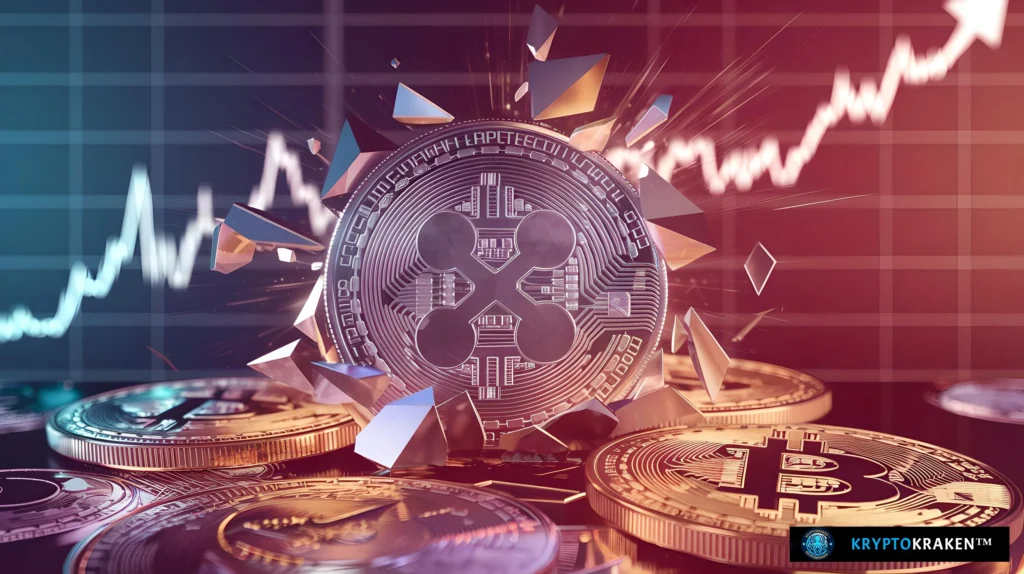
Conclusion: The Future of XRP and Bitcoin
As the digital asset landscape continues to evolve, both XRP and Bitcoin are poised to play critical roles in the future of finance. Bitcoin, the first cryptocurrency, has cemented its position as the original digital store of value. Its decentralized structure and robust security make it appealing to those who view it as digital gold. However, XRP’s utility in facilitating fast and cost-effective cross-border payments positions it as a strong contender in the rapidly growing fintech space.
The key factor that could determine the long-term trajectory of both assets is adoption. Governments, central banks, and financial institutions are increasingly exploring the benefits of blockchain technology. XRP’s alignment with ISO 20022 standards, coupled with Ripple’s collaborations with traditional financial systems like SWIFT and potentially the FedNow system, sets the stage for it to become a cornerstone of the global financial infrastructure.
As regulations become clearer and more institutional players enter the market, the distinct use cases of Bitcoin and XRP will likely coexist, catering to different sectors of the economy. However, the real question is whether XRP’s utility and growing adoption in the institutional finance world will enable it to surpass Bitcoin in market value or influence.
Final Thoughts on XRP’s Potential to Surpass Bitcoin
While Bitcoin remains the dominant force in the cryptocurrency market, XRP’s potential to surpass Bitcoin depends on several factors. XRP’s utility in the realm of payments, its scalability, and its growing partnerships within the traditional financial system are all indicators that it could gain significant ground. Moreover, Ripple’s ongoing legal battles and the regulatory environment around XRP will play a crucial role in its future trajectory.

Bitcoin’s strength lies in its widespread recognition and perception as a secure, decentralized asset. XRP, on the other hand, is carving out a niche as a bridge between traditional finance and blockchain technology. Should Ripple’s efforts to integrate with central banks and payment providers succeed, XRP may not only grow in adoption but also challenge Bitcoin’s dominance.
However, it’s important to recognize that both assets serve different purposes. While Bitcoin may continue to dominate as a store of value, XRP’s rise will likely be fueled by its practical applications in real-world finance. Ultimately, XRP surpassing Bitcoin may not be a matter of “if” but “how” it reshapes the global financial ecosystem over the next decade.
The Importance of Staying Informed in the Crypto World
In the ever-changing landscape of digital finance, staying informed is not just a matter of interest—it’s essential for survival. Cryptocurrencies, blockchain technologies, and fintech innovations are rapidly reshaping the global economy, and new developments can happen overnight. Whether it’s updates on regulatory frameworks, new partnerships between fintech companies and traditional financial institutions, or the launch of new technologies, staying updated is crucial for making informed decisions.
Investors, traders, and enthusiasts must continuously seek knowledge to navigate this volatile and complex market. Understanding the nuances of both established and emerging cryptocurrencies like XRP and Bitcoin can provide an edge in identifying opportunities and managing risks. Additionally, being aware of the broader macroeconomic trends and technological advancements will allow participants to capitalize on the innovations shaping finance’s future.
Ultimately, knowledge is power in the crypto world. As we look to the future, those who remain informed and adaptable will be best positioned to take advantage of the opportunities that lie ahead.
This is not financial advice, and I am not a financial advisor. Always do your research and seek professional advice.
Frank Campbell wrote this article with the help of an AI Co-Pilot.





